Namibia has some of the most stunning and diverse scenery of all of Africa and thankfully we had 9 full days to explore it.
Below, we’ve compiled a list of our favourite stops throughout the 9 days.
Etosha National Park
After spending 2 days game driving through Kruger National Park, we were excited to check out another game reserve. Immediately we noticed the difference between the two parks. Etosha’s main characteristic is a large salt pan, so large it can be seen from space. It was extremely flat throughout the park with the sparse tree here and there.
We visited in the dry season which made it easy to see well into the distance. Etosha National Park had many man-made and natural waterholes in which we often found an abundance of animals. It kind of made it easy for game spotting. We saw our first hyena along with a family of rhinoceros’ at the watering hole by our campsite, zebras, giraffes, wildebeests, warthogs, kudos, impalas, lions (sleeping soundly) and many birds.
Himba People
Visiting different cultural villages throughout this tour gave us a real insight into the many different beliefs, cultures and traditions of the African people. The Himba people in Namibia were extremely unique and it was very fascinating to see how they still live their lives today.
A couple of interesting facts about their daily lives.
- Himba children are the only children in Namibia culturally excused from attending school and they are raised traditionally by the elders of the village.
- In place of regular bathing, the Himba women ‘bath’ by spreading a type of mud on themselves. It’s a cosmetic mixture of butterfat and ochre pigment. This is due to water scarcity and to protect themselves from the extremely hot and dry climate as well as against mosquito bites. We tried some on our skin and it was very hard to remove.
- Women are mostly in charge of the hard labour, such as obtaining the water, cooking and serving meals along with making the handicrafts and jewellery.
- Men’s roles are solely based around farming and taking care of the livestock.
- Hairstyles and jewellery play a significant role in the Himba community and it often dictates their age and social status.
- The women wear bare minimal clothing (as seen in the above picture)
- The babies hair is shaved from a young age, apart from a small amount lining the centre of the head which is then transformed into a one braided hair plait. They have different styles for men and women.
Despite the lack of contact with most modern technologies, the kids at the Himba village still knew all too well how to see their picture on our phones.
Otjitotongwe Cheetah Guest Farm
Visiting the Otjitotongwe Cheetah Guest Farm was definitely a highlight for us in Namibia. Getting up close and personal with these amazing creatures was absolutely priceless. Unfortunately, due to the surrounding area being farmland, farmer’s cattle are often eaten by the cheetahs. Unfortunately, a mother cheetah was shot and sadly left behind her cubs. This guesthouse took them in and raised the 3 cheetahs domestically.
We removed our sunglasses (cheetahs don’t like their reflection) and stepped into their home. They were very chilled and somewhat playful. We watched Jacob get licked clean, pat them, watched them be fed and witnessed them interact with their tiny roommate – the Jack Russell. We also watched the cheetahs during one of their feeds which were when you really got to see how fast they really run.
Swakopmund
Swakopmund is a historic colonial German town surrounded by desert and sand dunes, which then meet with the Atlantic ocean.
It’s a popular holiday and overland tour destination in Namibia and there are countless activities to do in this town. Swakopmund offers sand boarding, quad biking, dune buggy’s, skydiving, hot air ballooning, dolphin and seal watching, deep sea fishing & desert tours. Apart from all the activities to do in this town, there is no shortage of good bars, restaurants or shops to keep yourself busy.
Jacob took the opportunity to head out on the dunes on an ATV. Following a guide, he drove for one hour up and down the sand dunes. Depending on the weather, bring gloves and warm clothing, it got very cold out there.
Windhoek
Windhoek is Namibia’s capital city and in fact, it’s the only city. Unfortunately, we found Windhoek to be extremely underwhelming. Similar to Swakopmund, there is still a noticeable German influence. German is widely spoken and it is common to find traditional bread, sausage, and other delicacies, much to our delight. The biggest highlight of Windhoek was eating at Joe’s Beerhouse.
This restaurant/ bar had a mix of Namibian and German hospitality and featured both inside and outside areas with very quirky, unique and fun decorations.
Dune 45
I think we’ve seen more sunrises in Africa than we have in our lifetime. It’s a good thing they never get old. Dune 45, is one of the most photographed dunes in the world and after walking for 30 minutes to reach the top, we understood why. The dunes of the Namib Desert were created by sand that had been carried by the wind from the coast of Namibia.
The sand is 5 million years old and is red in colour due to its iron oxide content. As the lighting changes with the time of day, so does the appearance of the dunes’ colours. It was absolutely incredible and made waking up at 4:30 am totally worth it. As we sat and waited for the sun to rise, you couldn’t help but notice everyone coughing due to the thinness of the air. The best part about these dunes? Running down them at full speed.
Sossusvlei & Dead Vlei
Trying to describe Dead Vlei is quite difficult. It is one of those places in this world that you have to see to truly understand. Who would have thought so many dead trees, some as old as 900 years old, in the middle of the desert would grab so much attention. After walking through the desert, hiking over large dunes, in the scorching heat for almost 2 hours, we look below and see the site that brought us here.
The claypan these trees stand on was formed when the Tsauchab River flooded. After the floods, it created pools which in turn allowed the acacia and camel thorn trees to grow. Some 900 years ago, the climate changed dramatically and the area was hit by a drought. The sand dunes intruded on the pan which cut the trees off from accessing water. Without access to the water, the trees died.
Even though the trees no longer had access to water, they never became petrified, and because of the constant desert heat, the trees are now black and will never decompose because it is so dry. When you get here at the right light, you can see the reflections of them in the clay pan.
As you can see, we had a complete field day photographing this amazing place!
Fish River Canyon
Fish River Canyon is the largest Canyon in Africa and the 2nd largest in the world featuring a gigantic deep narrow gorge.
It is 160 km long, up to 27 km wide and almost 550 meters deep. After visiting many gorges in the world so far, we were very surprised to see how open Fish River Canyon was. There are no fences, barricades or railings separating you from the sheer cliff below. Whilst it allowed you to see right over, getting too close was quite frightening so there were no crazy selfies on the edge of the canyon.
Over the years, during the cooler winter months (May and September), the Fish River Canyon has become very popular for hiking. To hike the canyon, a permit from Namibia Wildlife Resorts in Windhoek must be obtained and day hikes down into the canyon are not permitted. The trail is a long 86 km and takes approximately 5 days. There are no amenities on the trail and hikers have to carry all their needs with them. The Inca Trail was our successful hike, I’m not sure we would be cut out for this one.
Orange River
Sitting right on the river that separates South Africa from Namibia, we enjoyed our last night in this country. Directly across Orange River, we can see the lights of South Africa and know, soon enough we will be back where we started this incredible journey – the country that we fell in love with from the beginning.
Apart from inhaling half of the Namib Desert and bringing the other half in our bags, Namibia was absolutely spectacular. We’re sad to be finishing off our overland tour but can safely say we had one hell of a trip.
Married days survived; 457

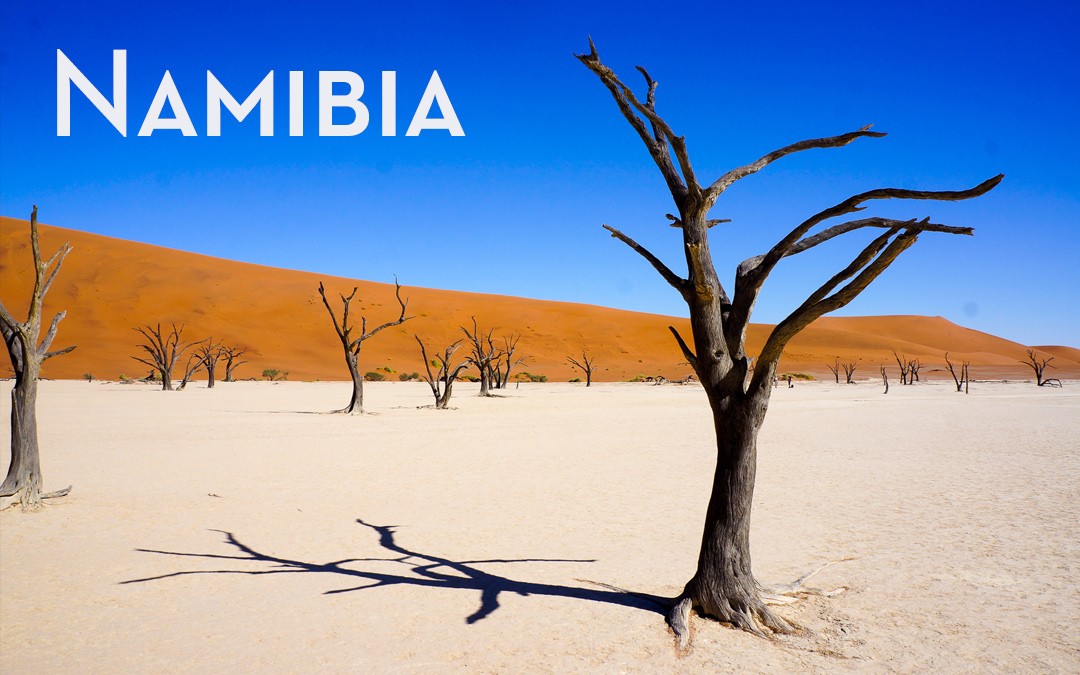
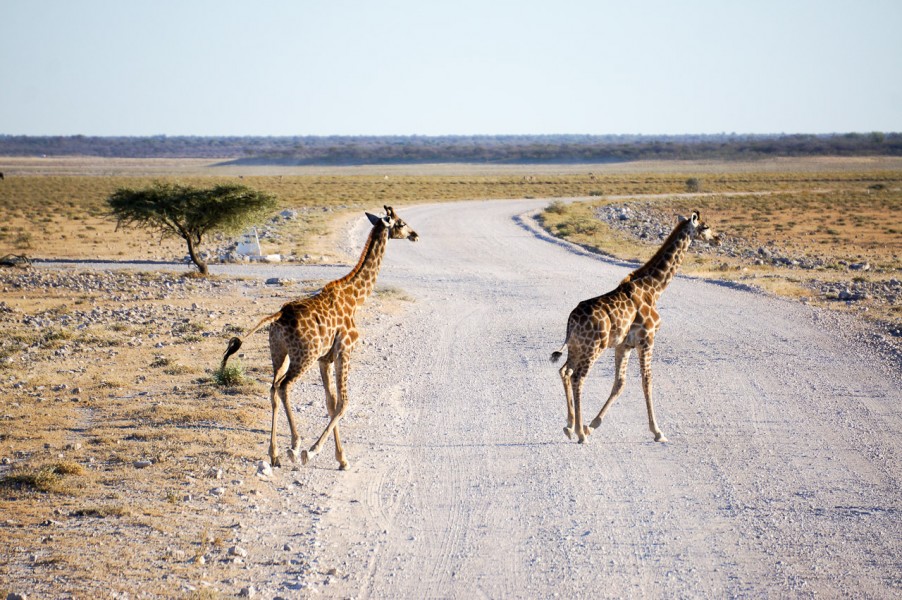
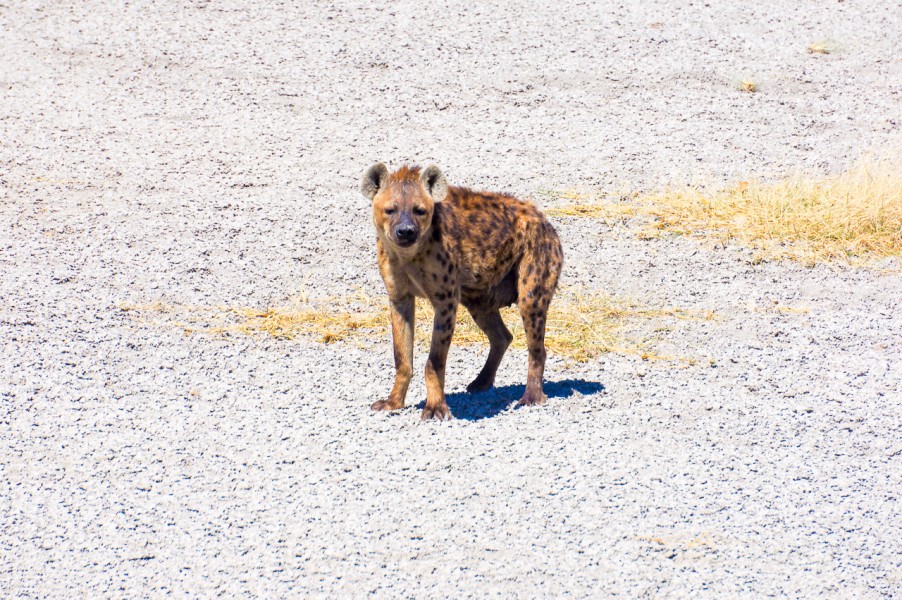
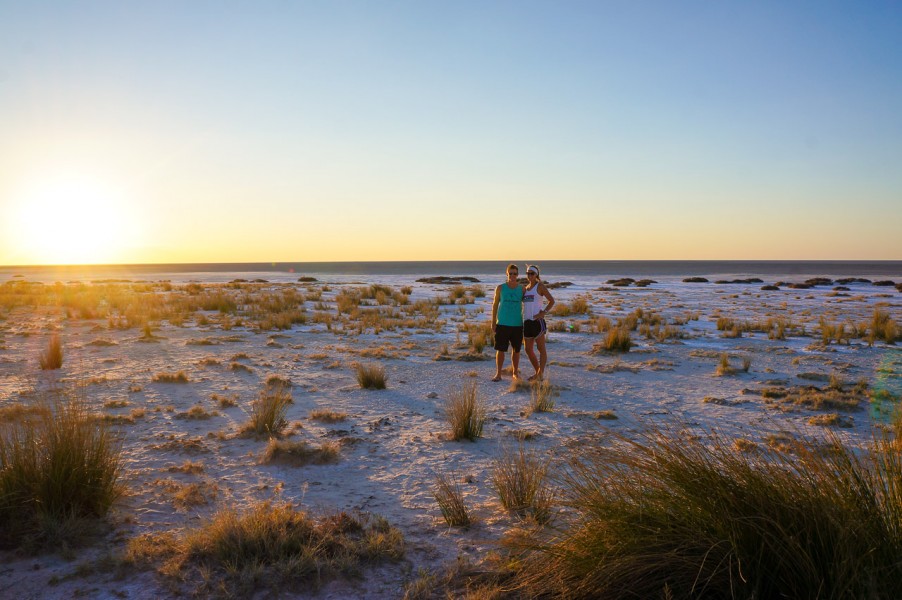
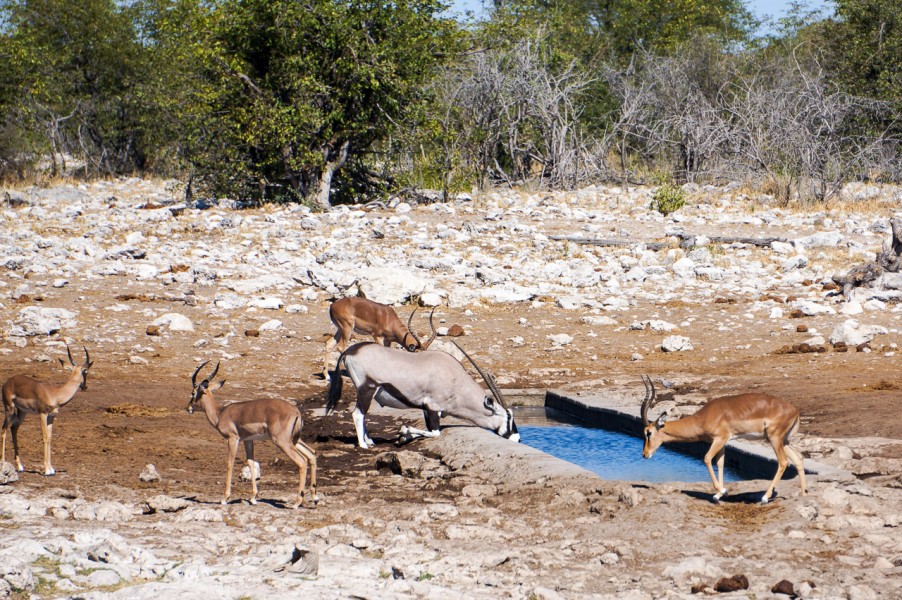
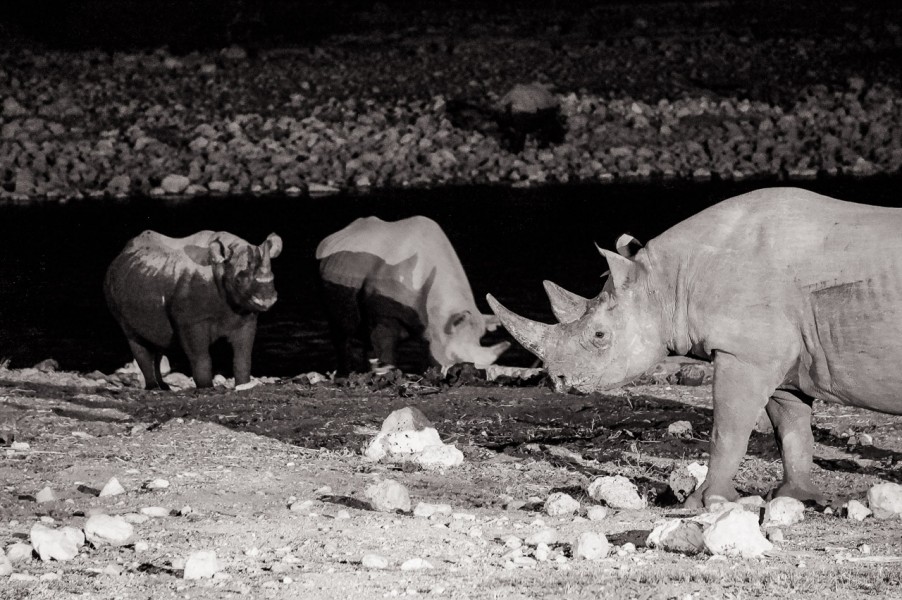
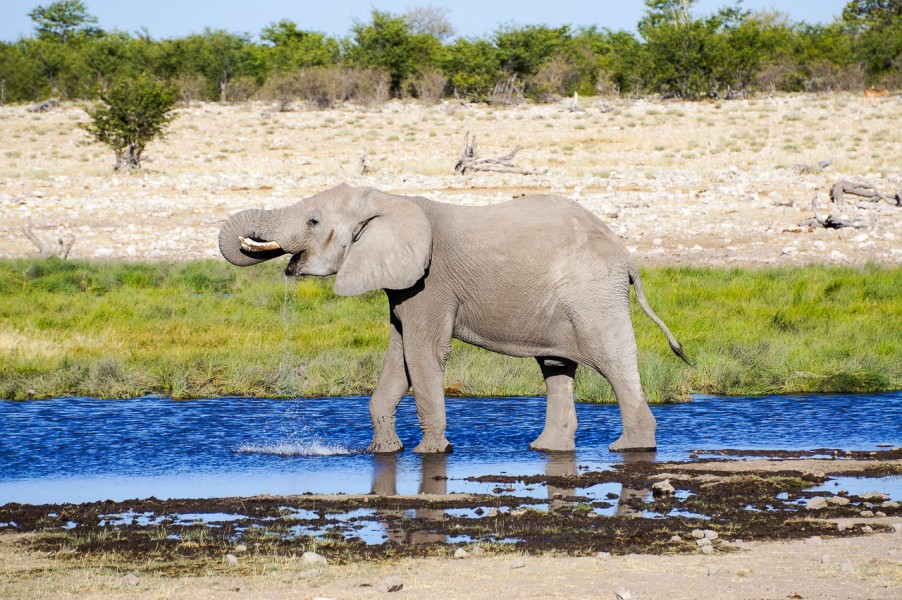
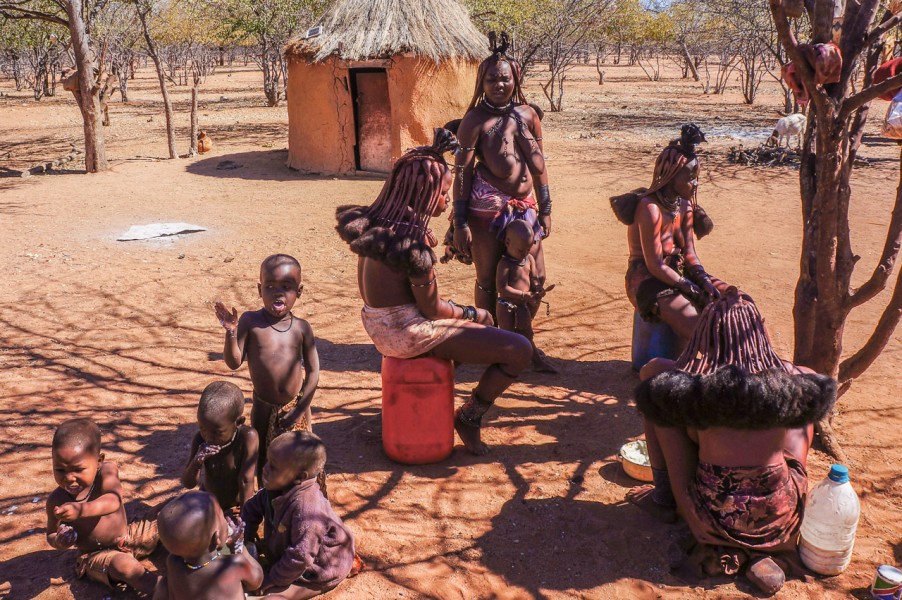
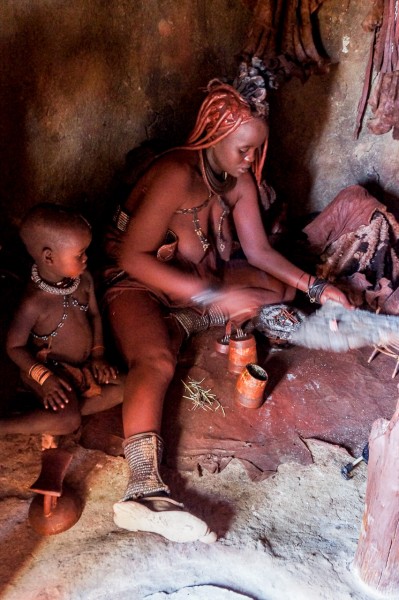
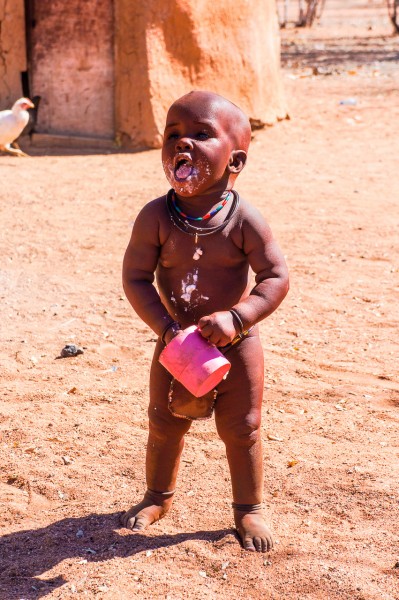
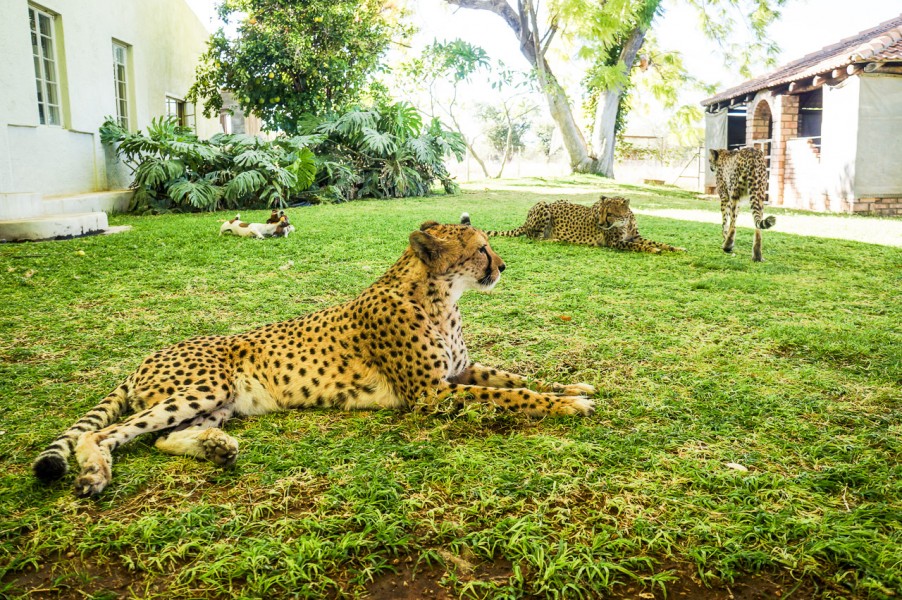
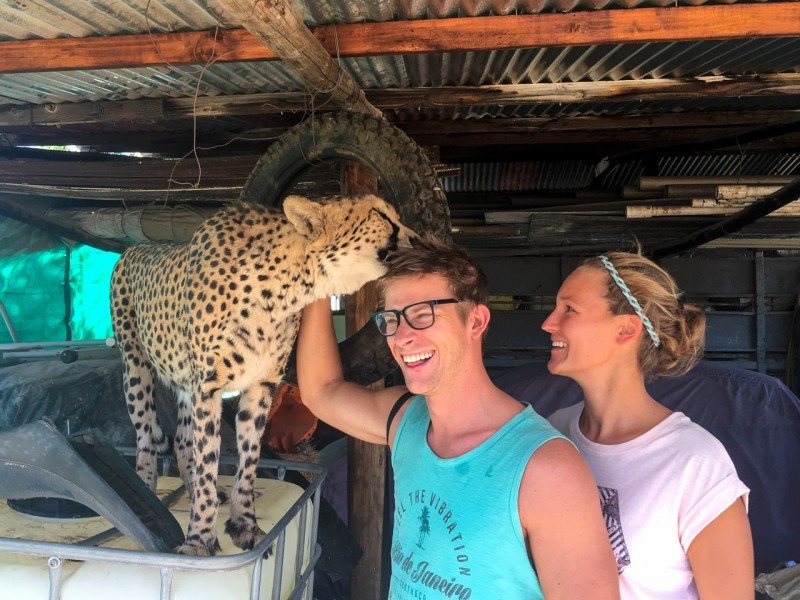

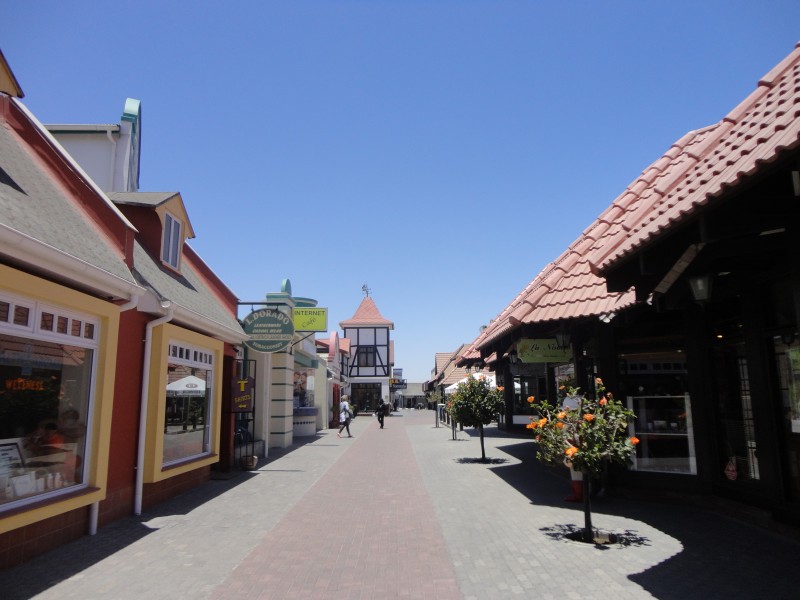
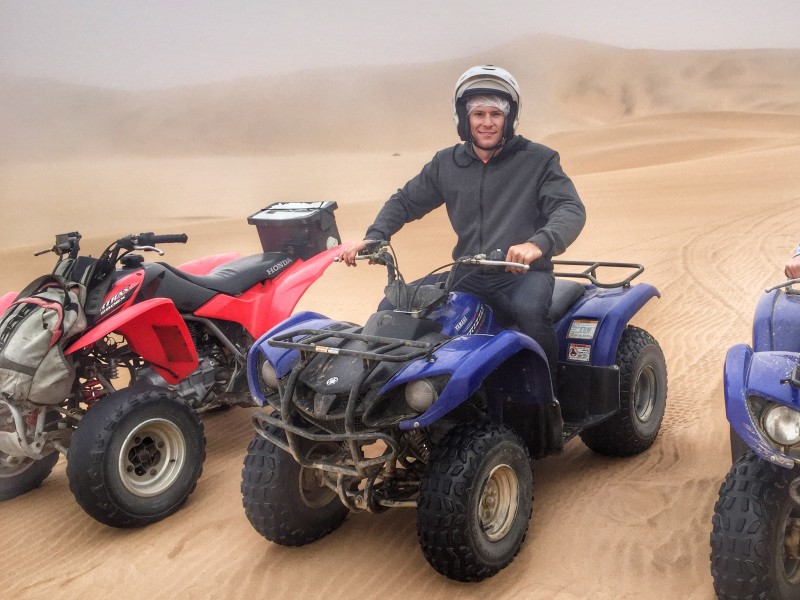
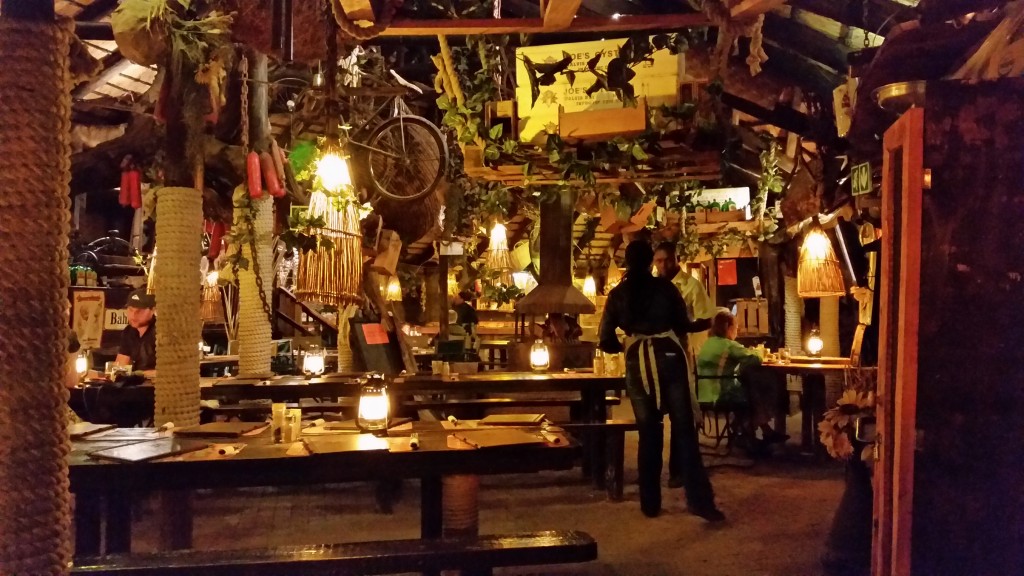
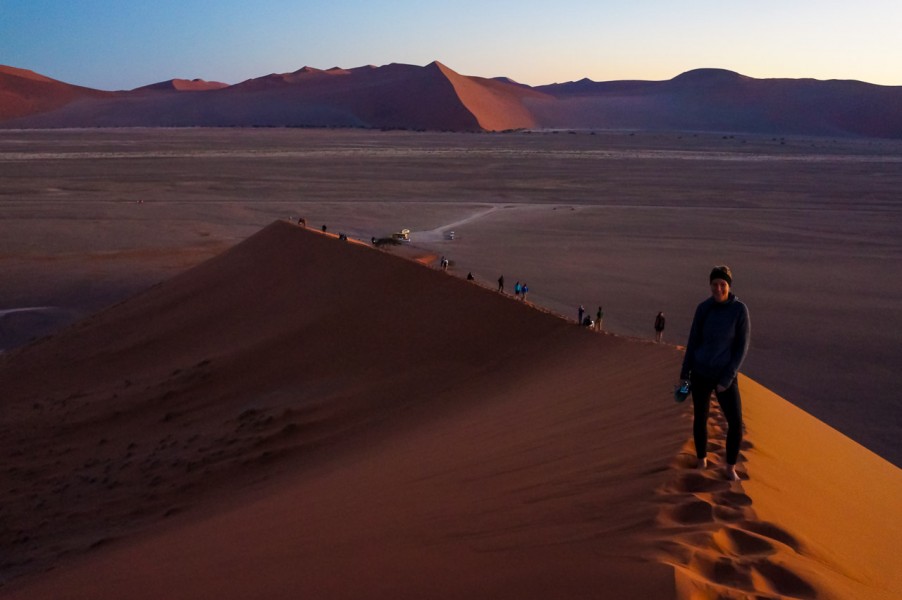
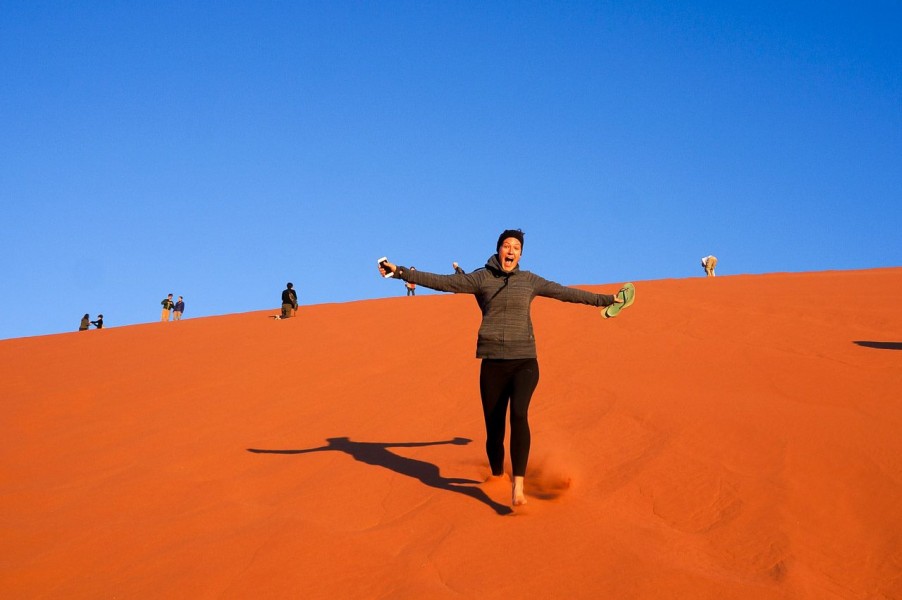


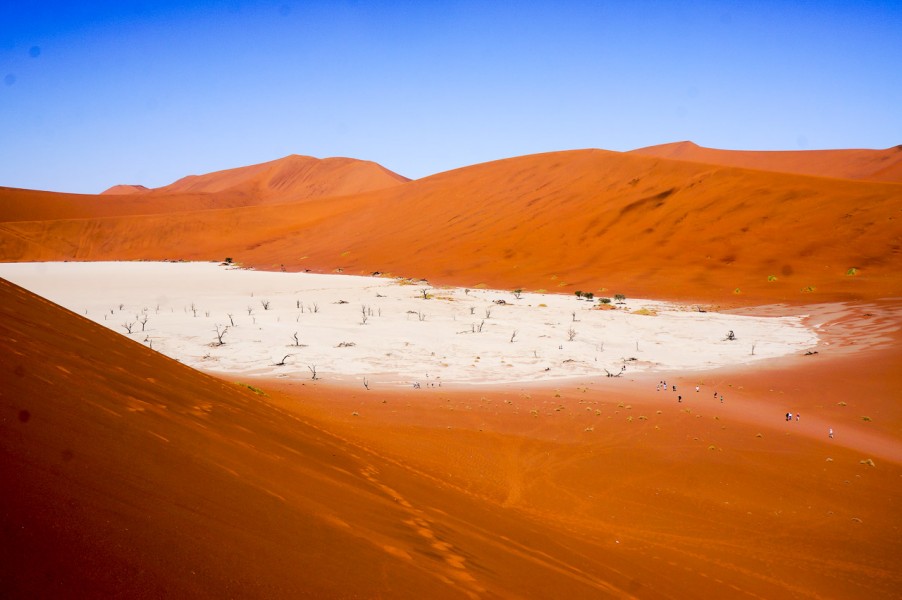

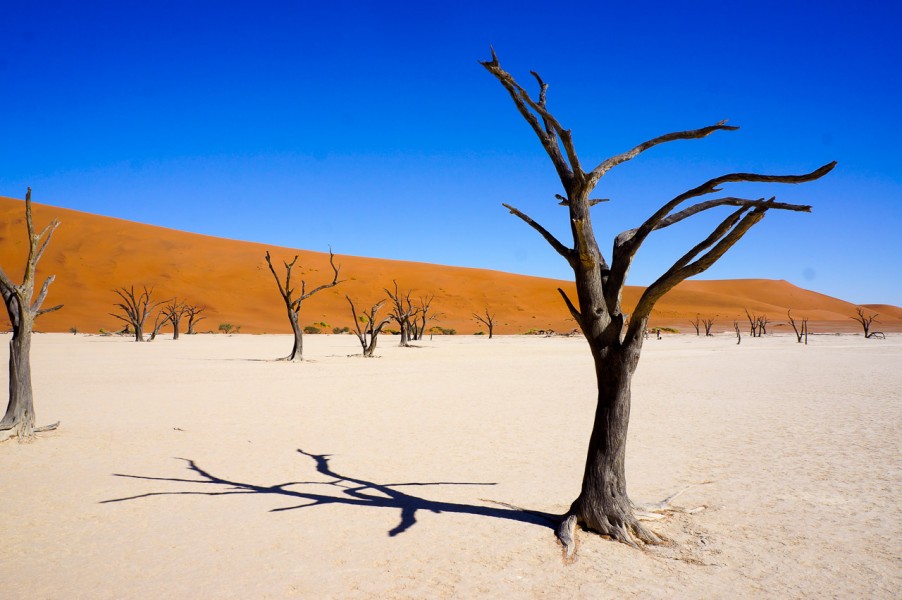
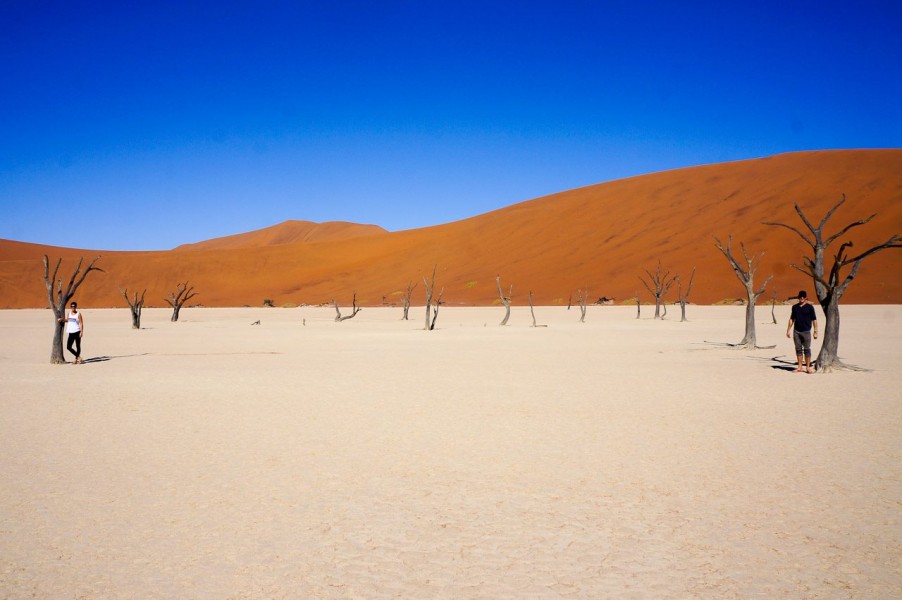
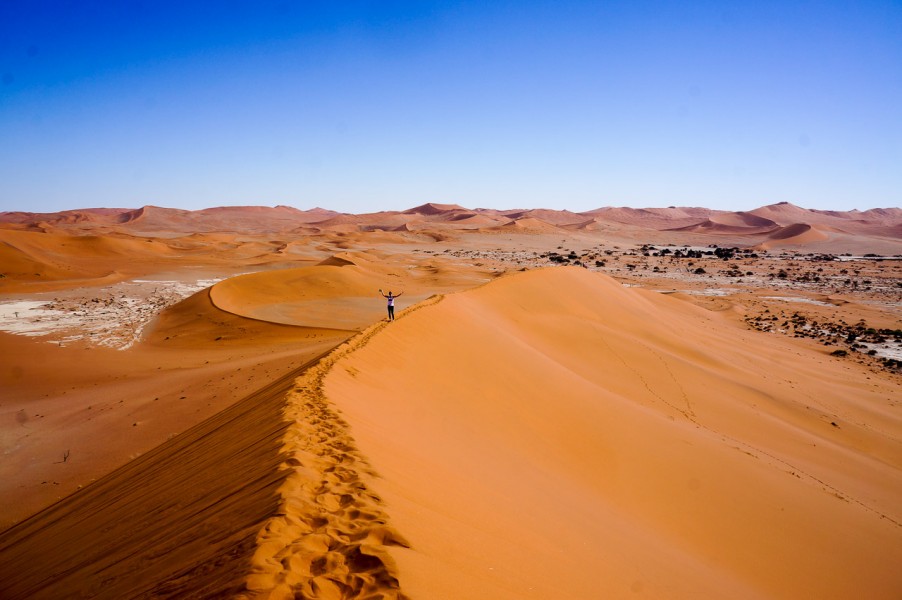
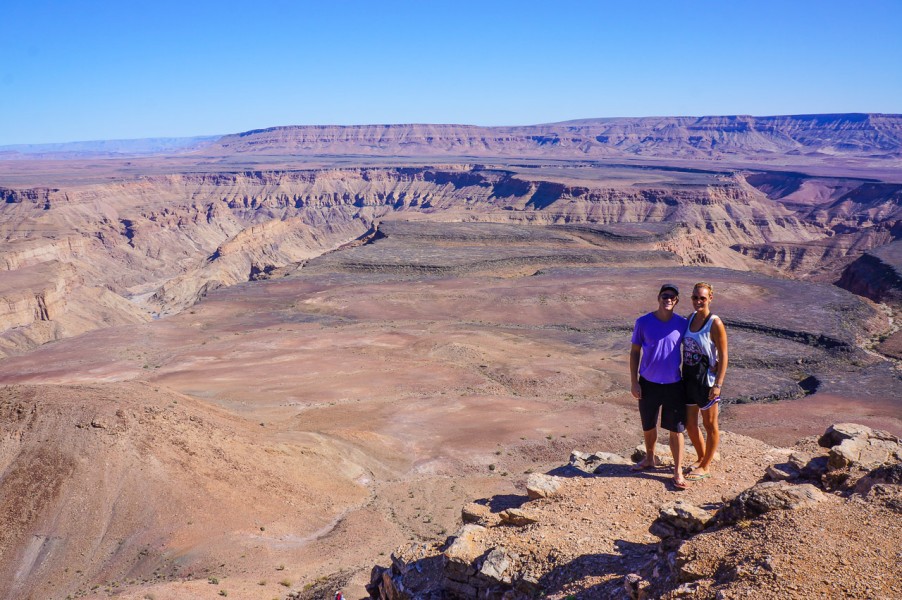
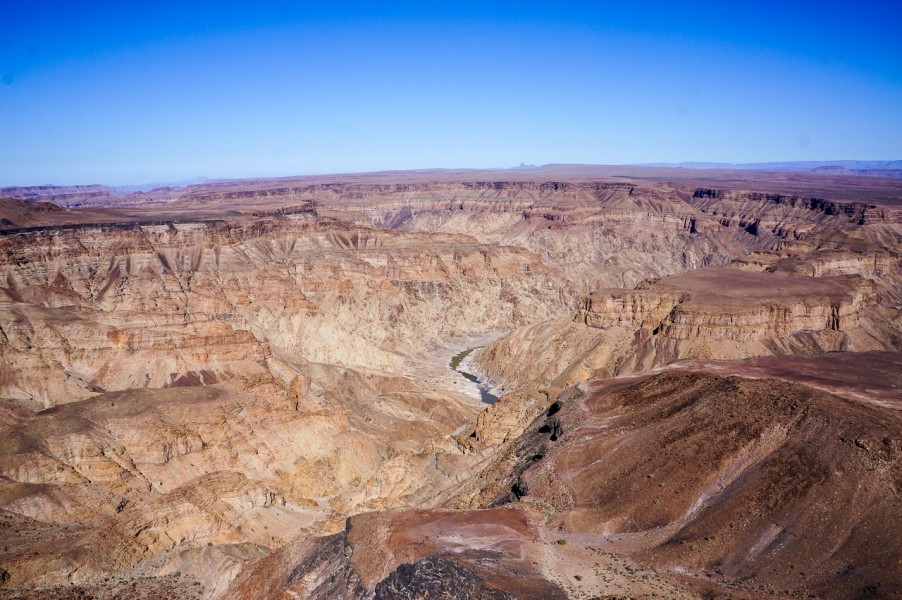
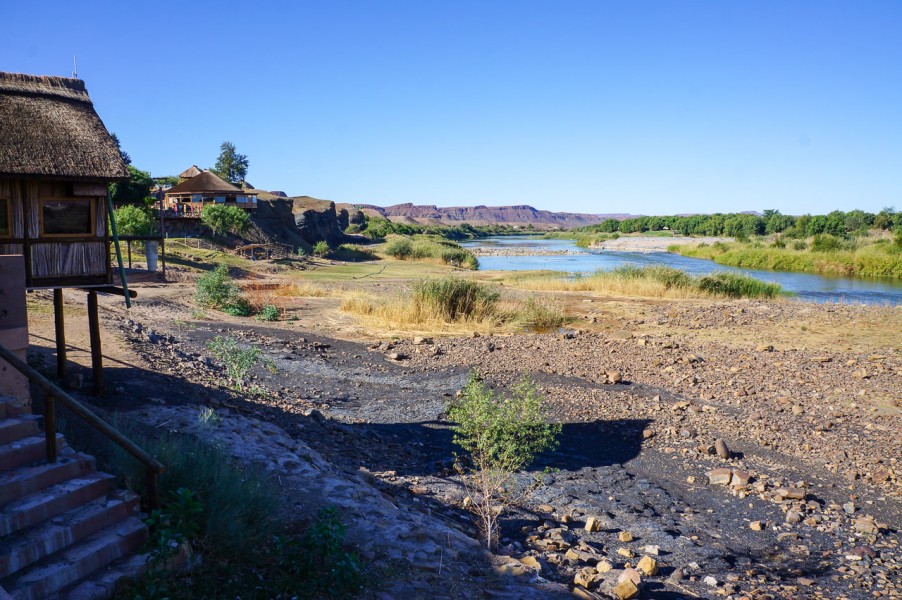
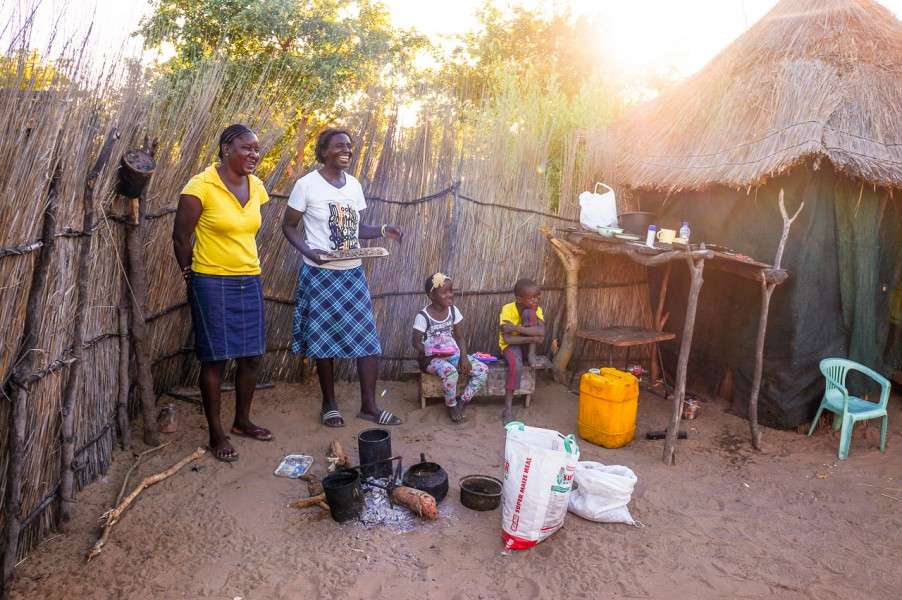
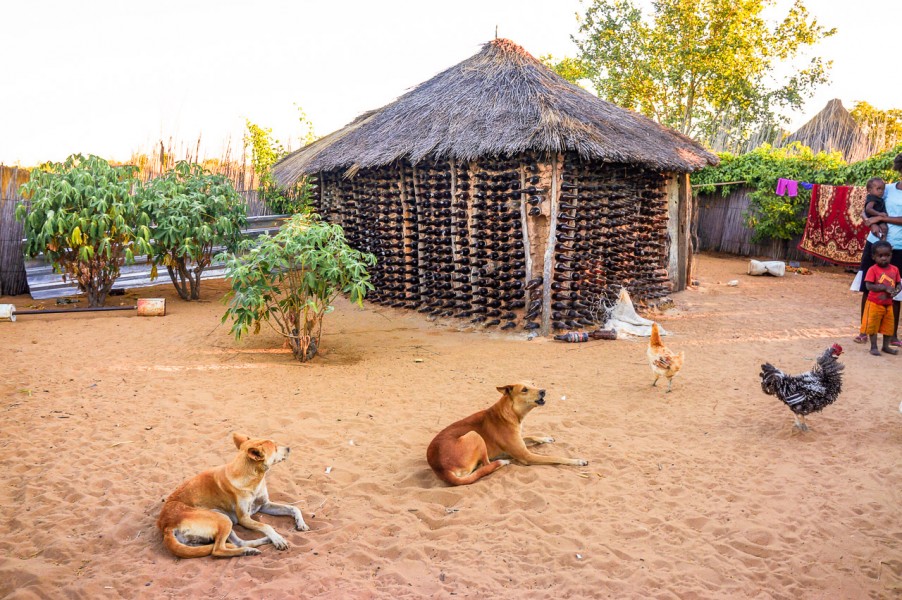

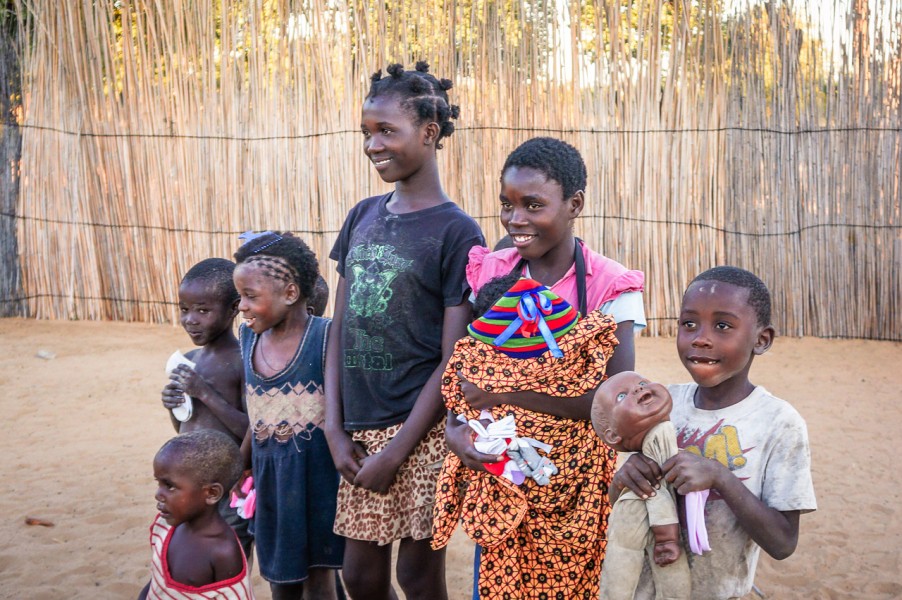
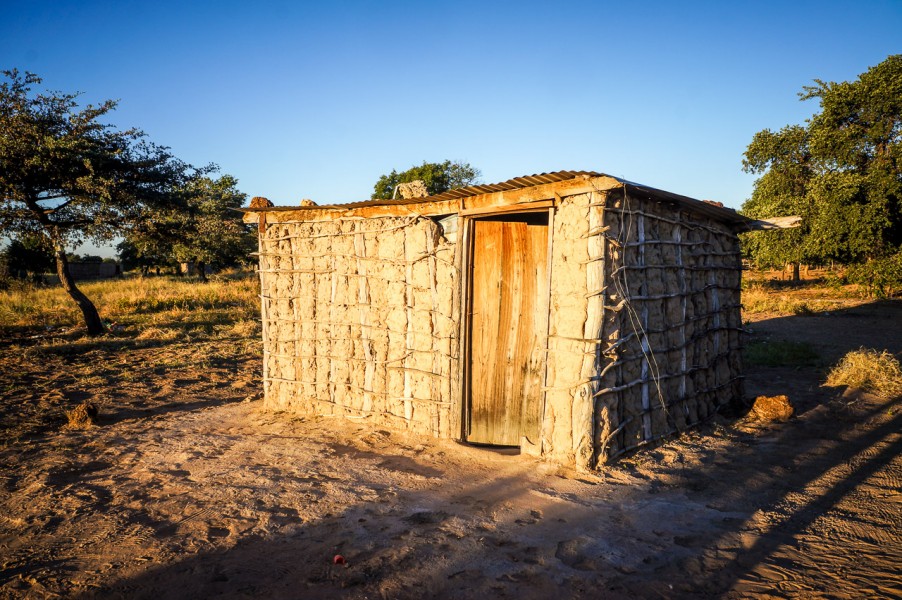
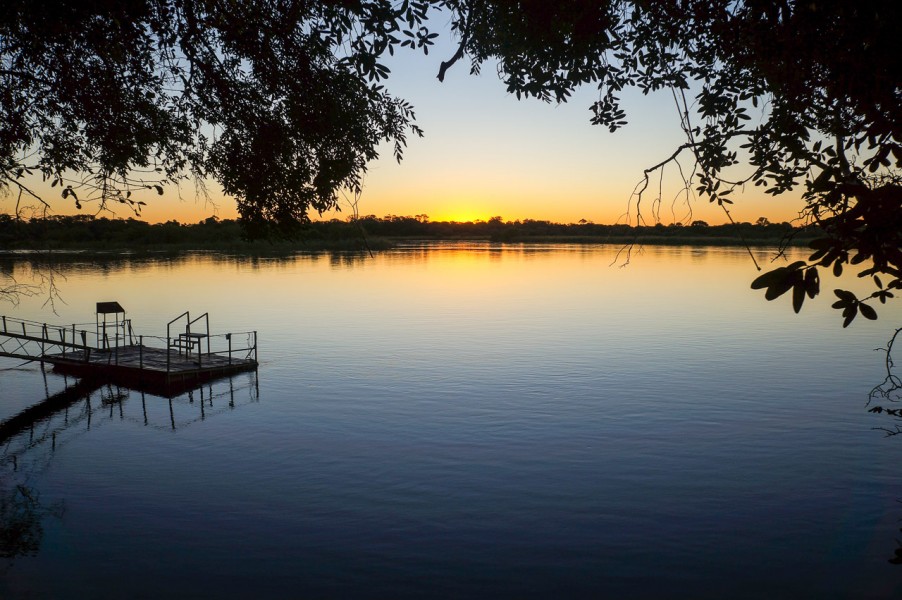

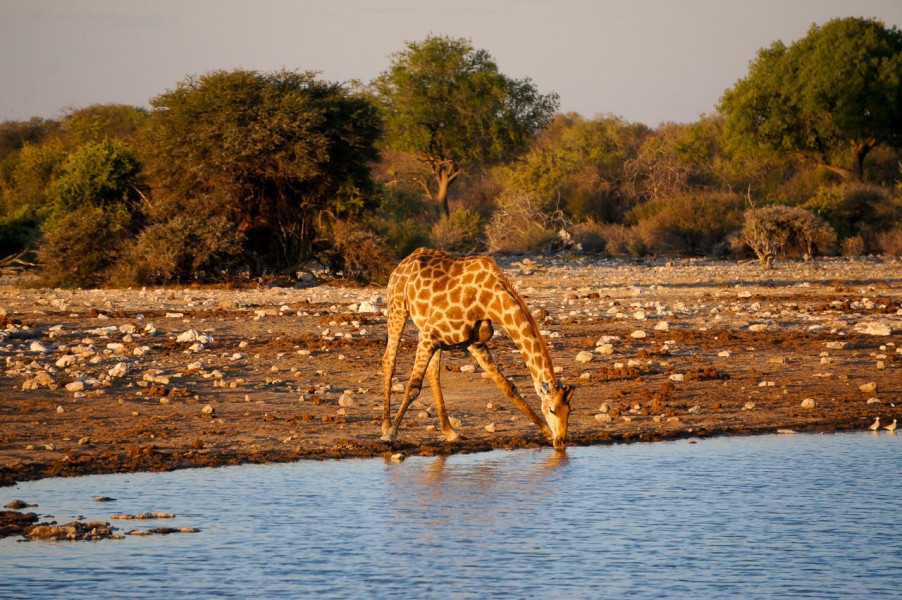
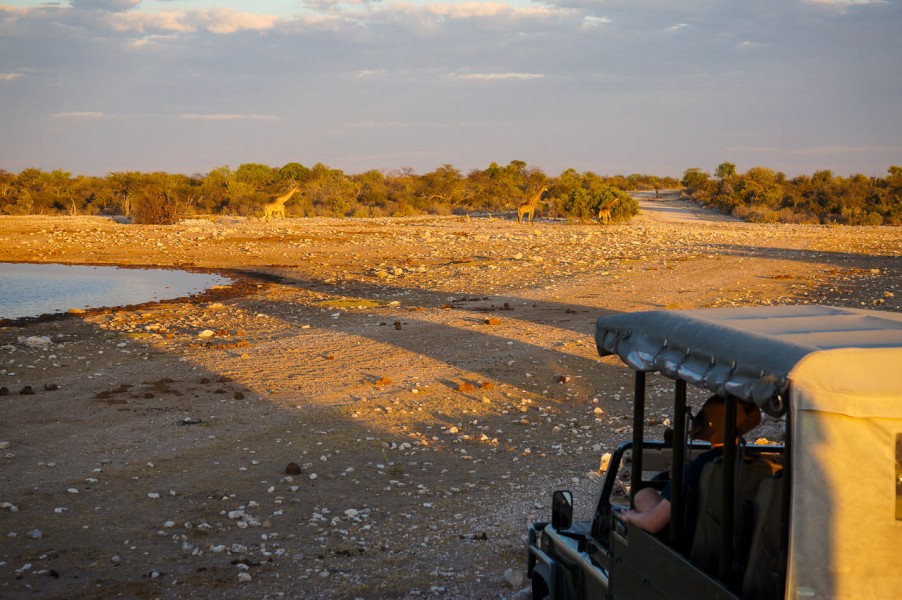

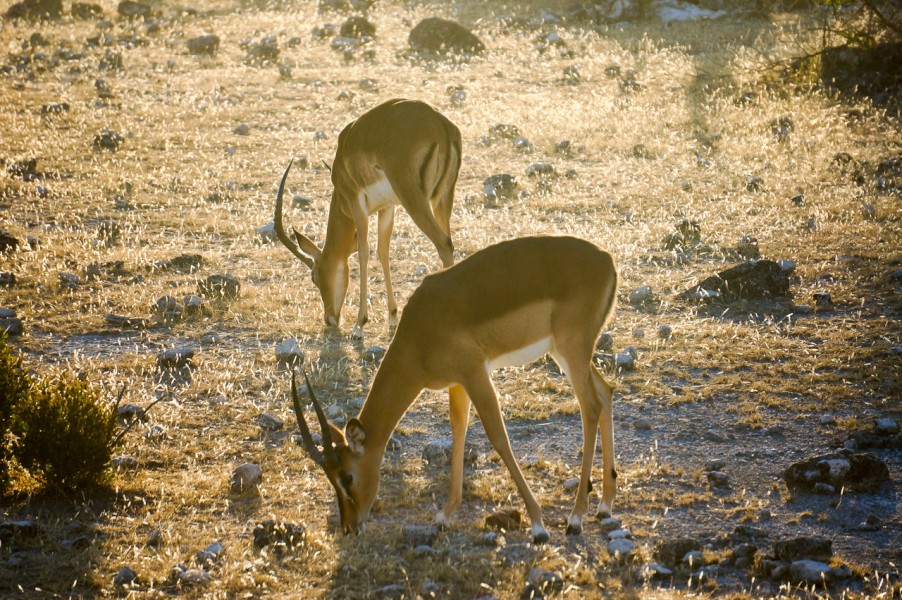
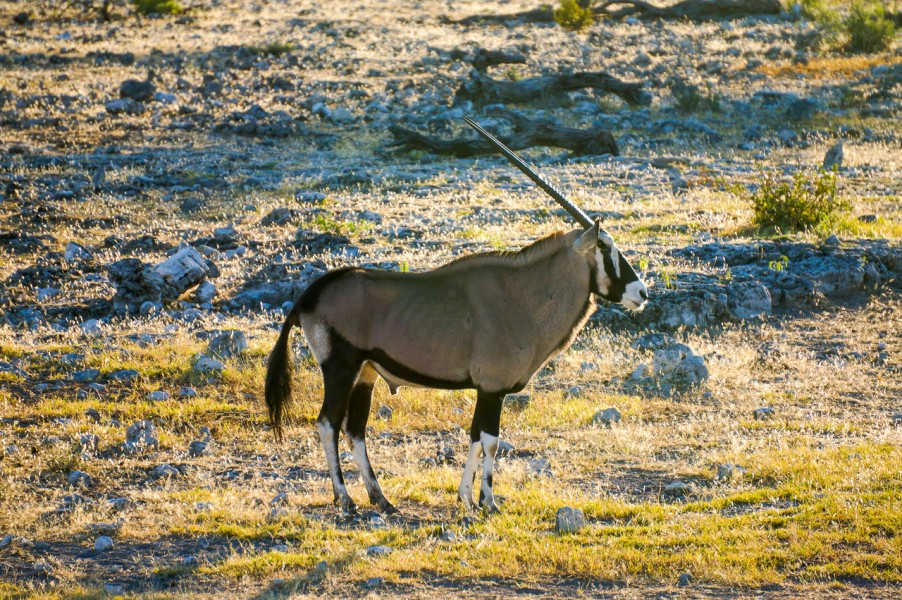
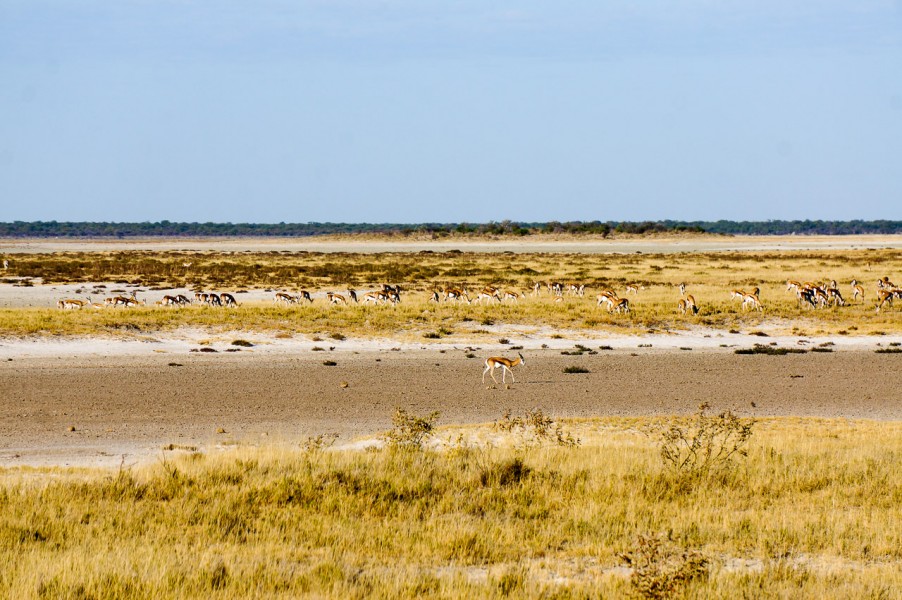

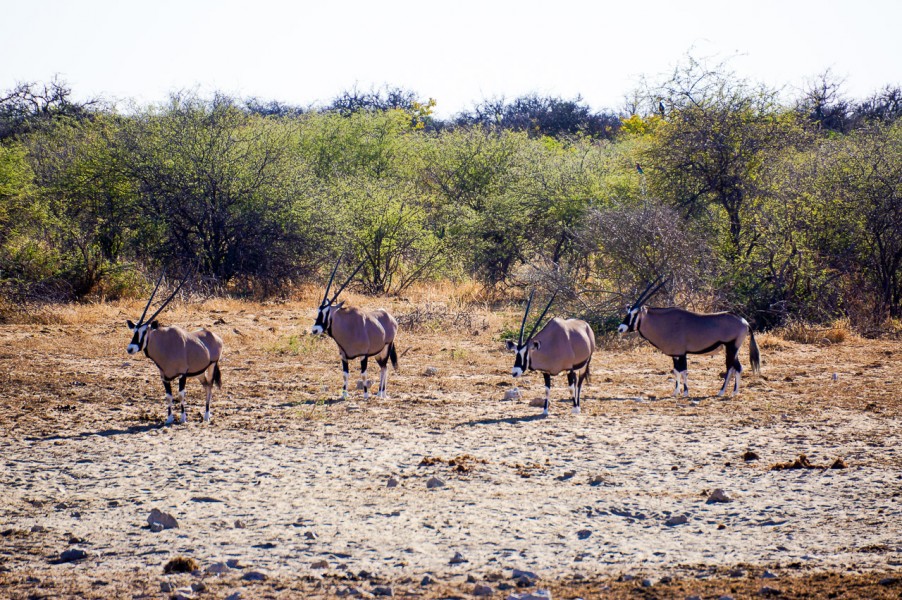
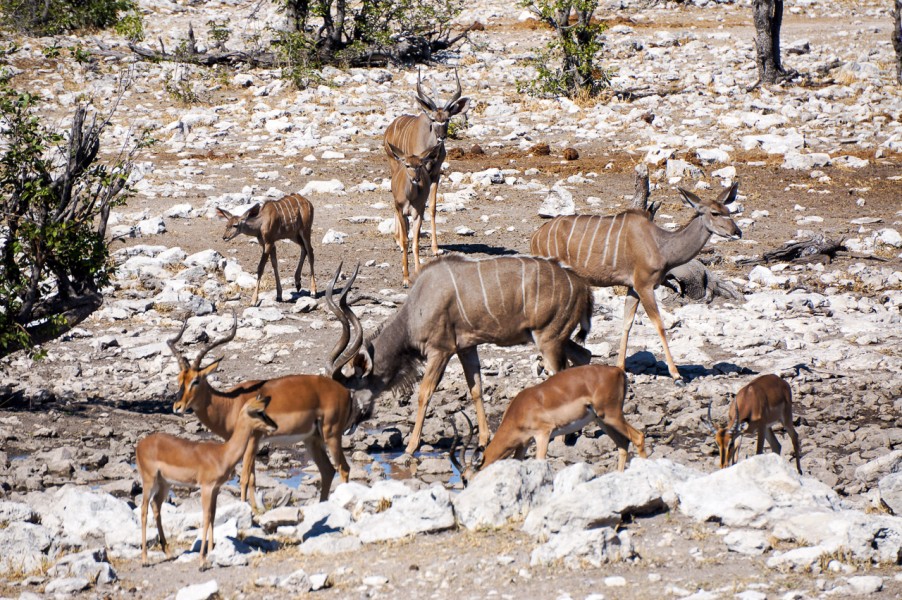
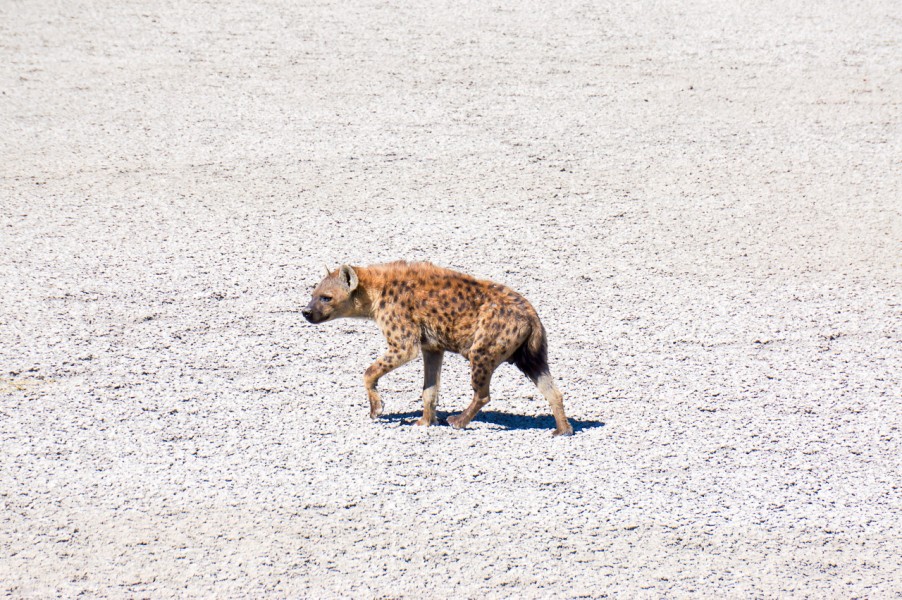
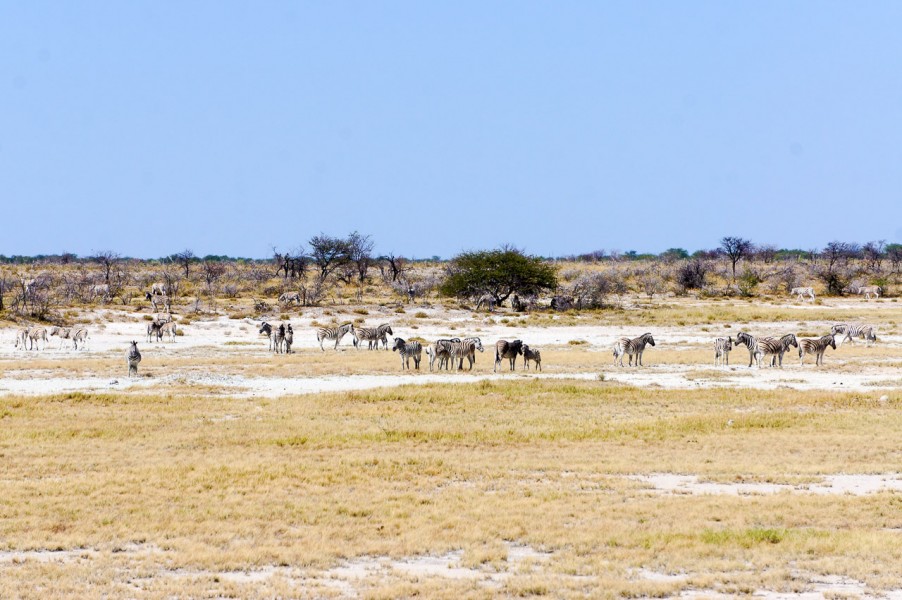
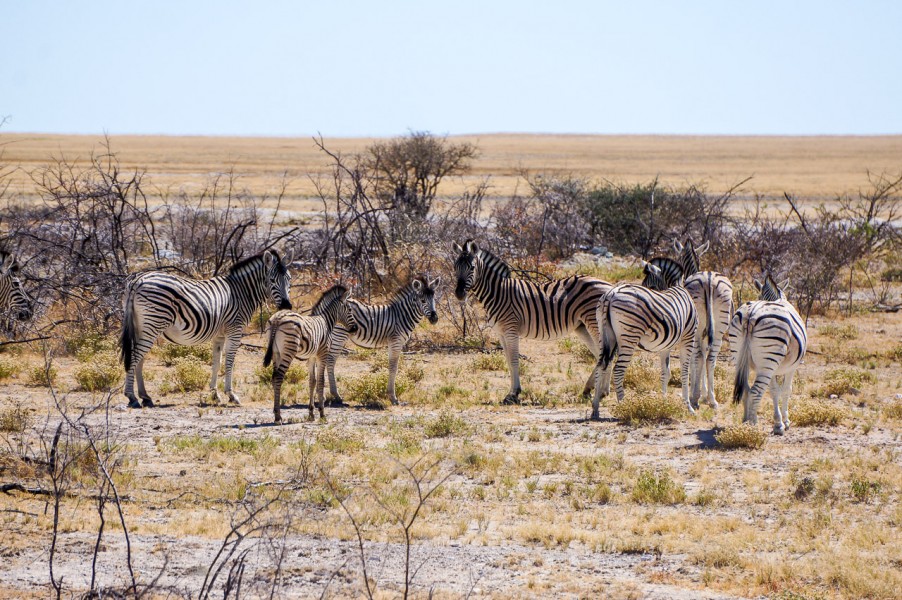
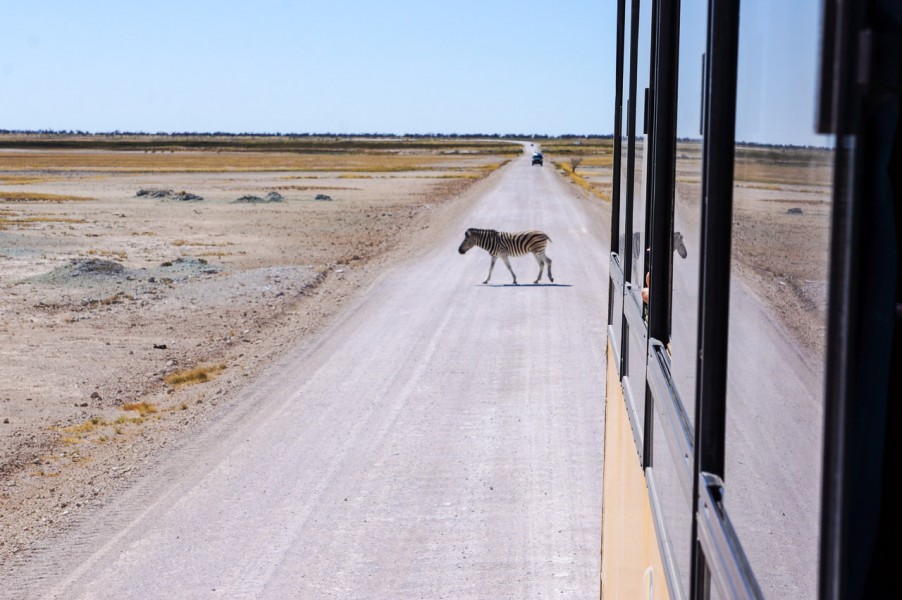
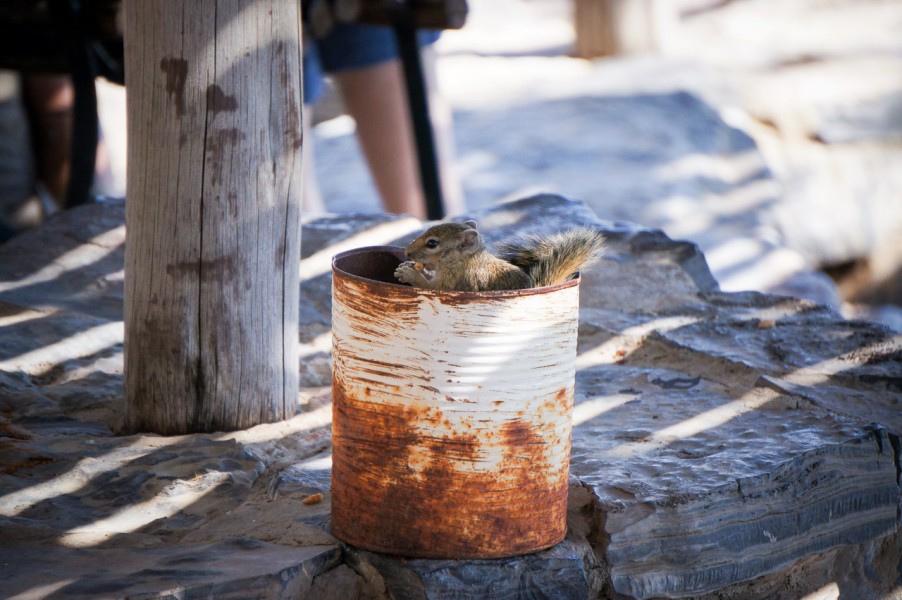
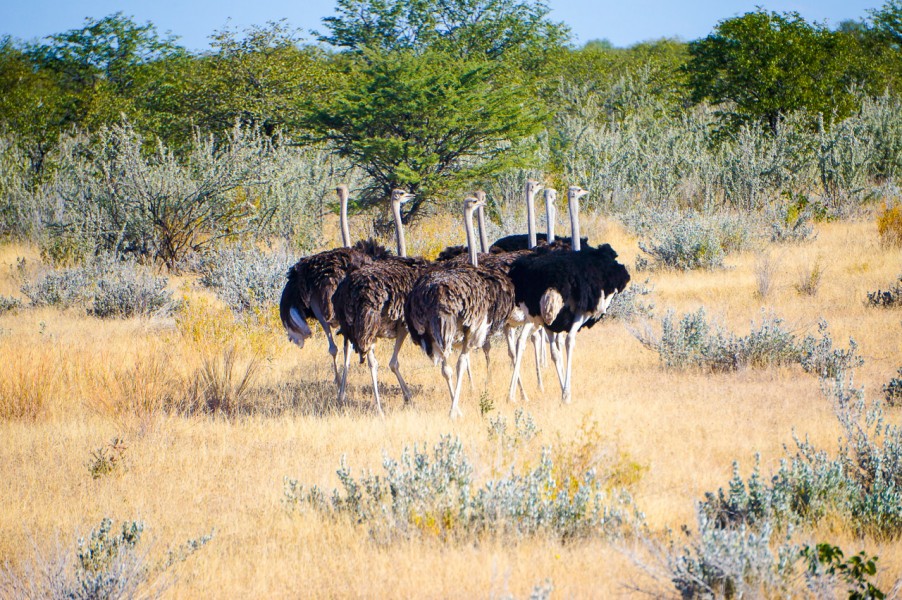
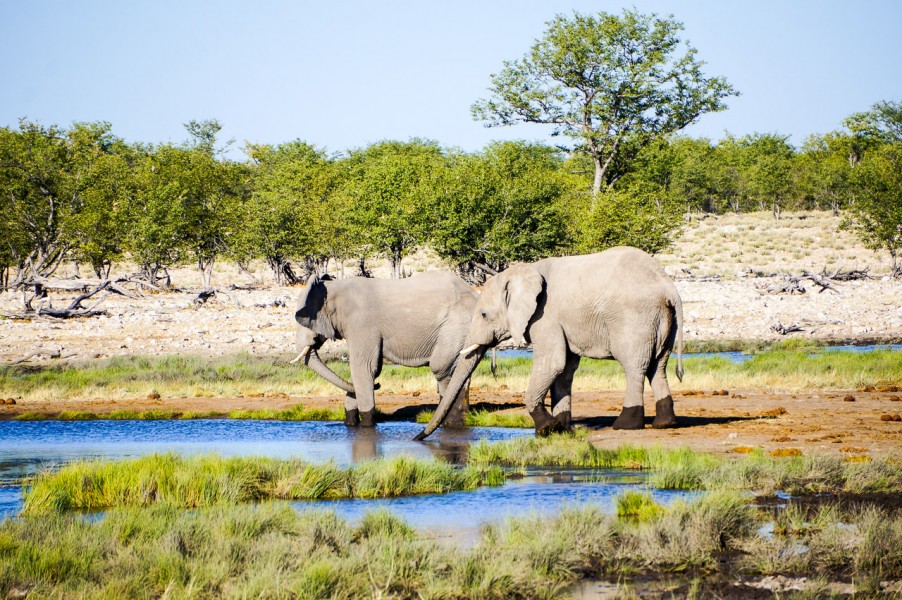


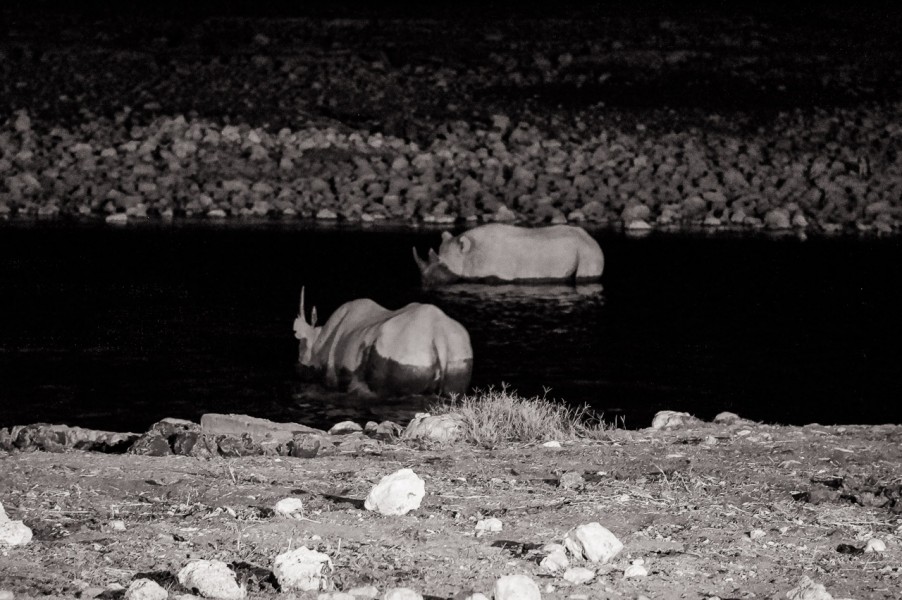

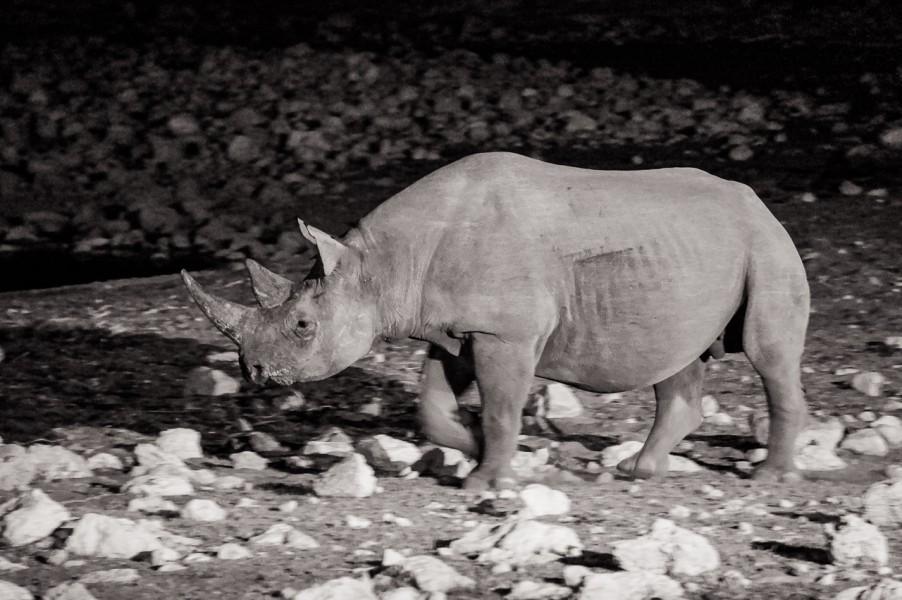

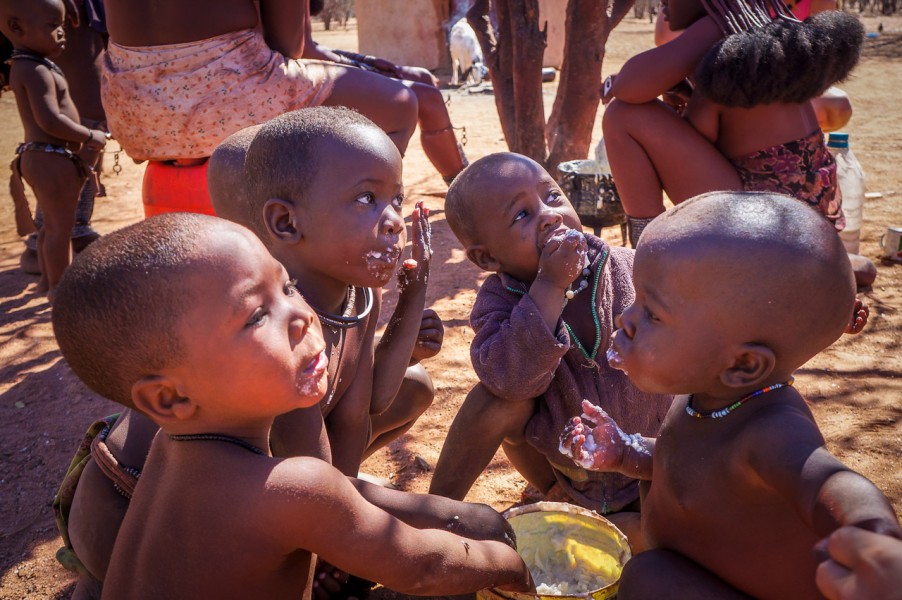
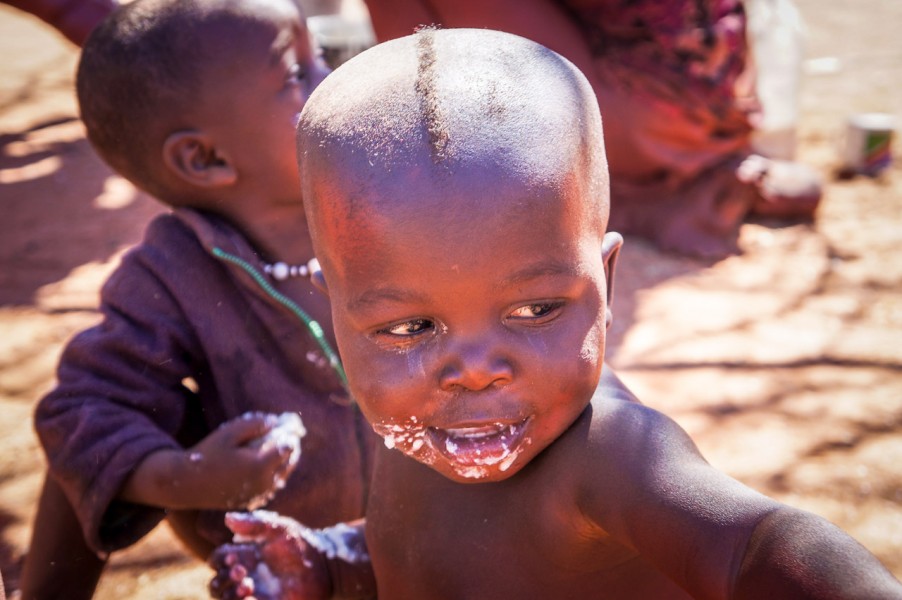
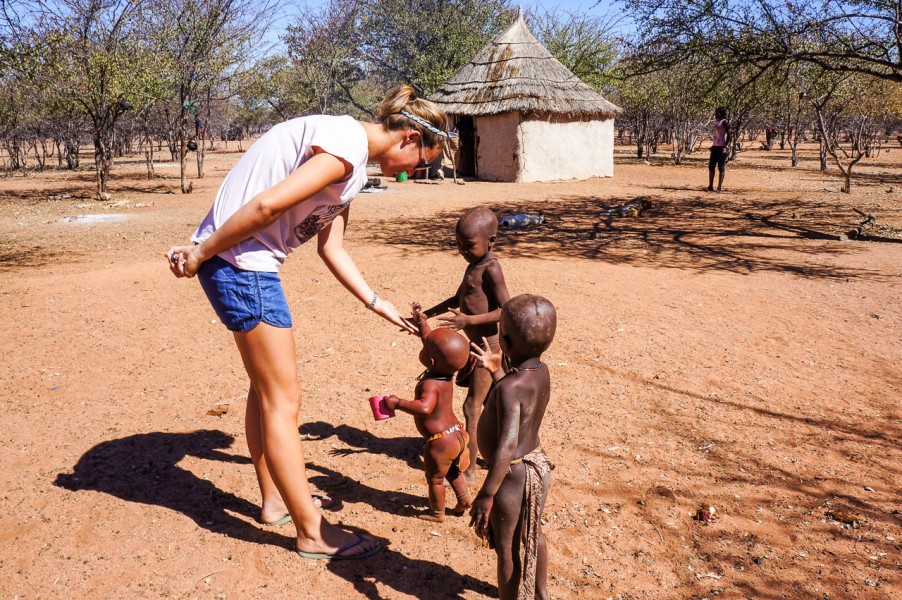
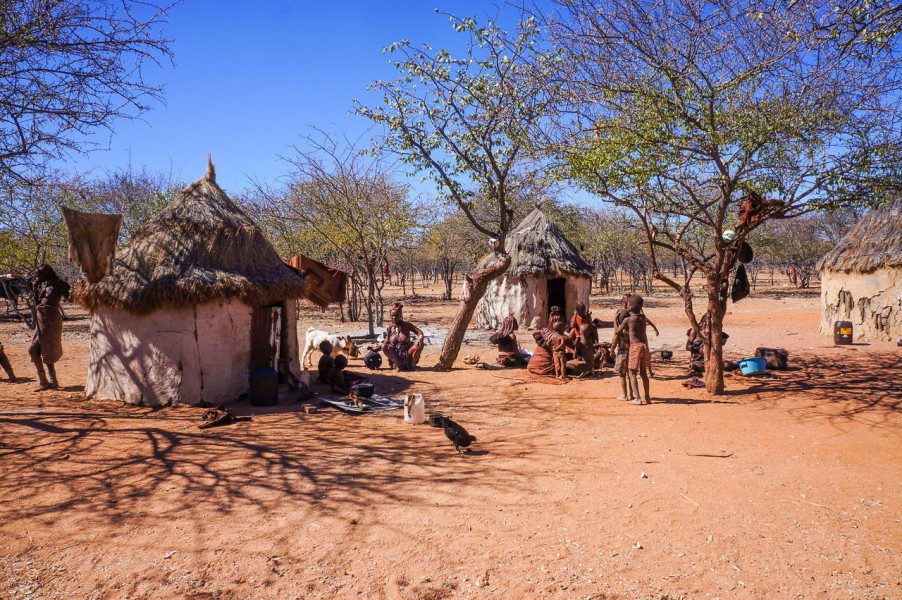
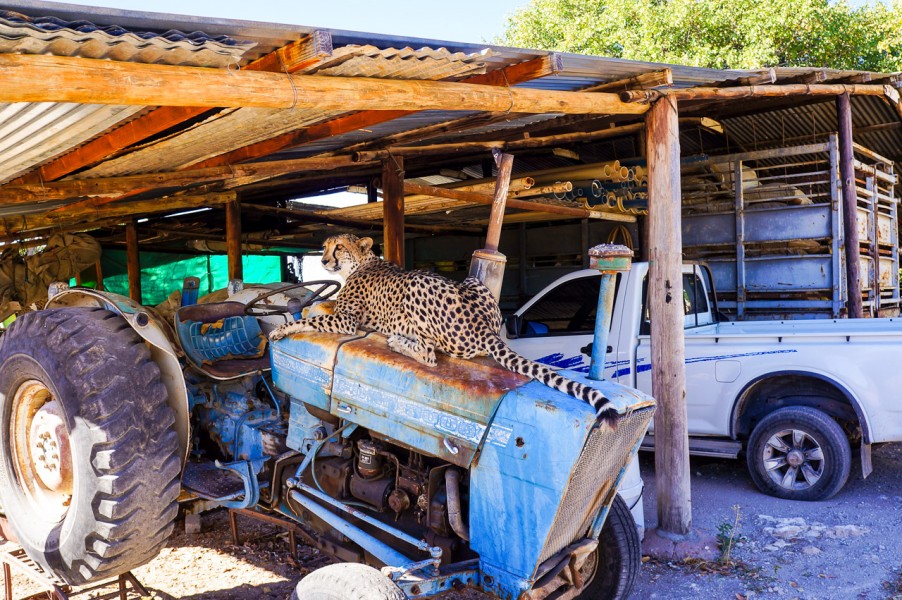
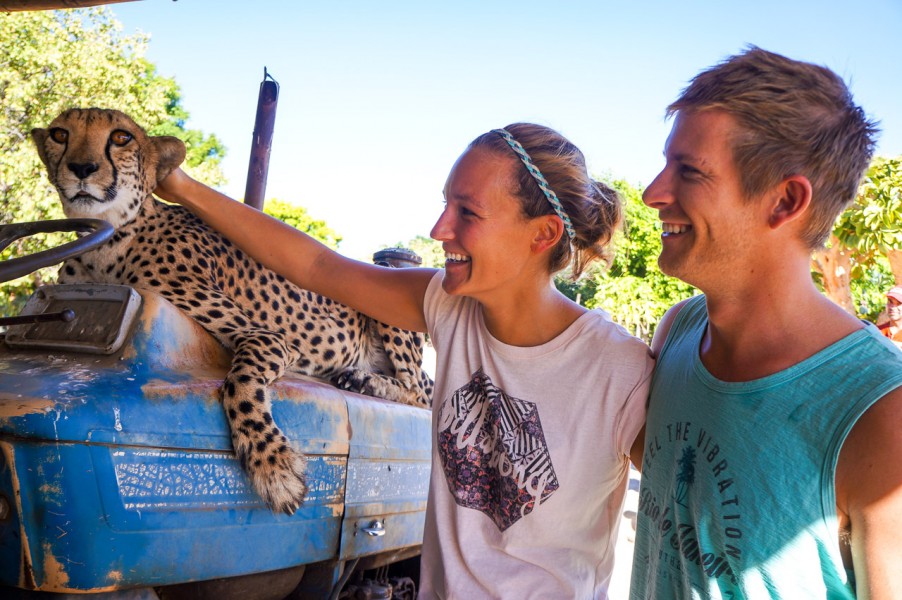
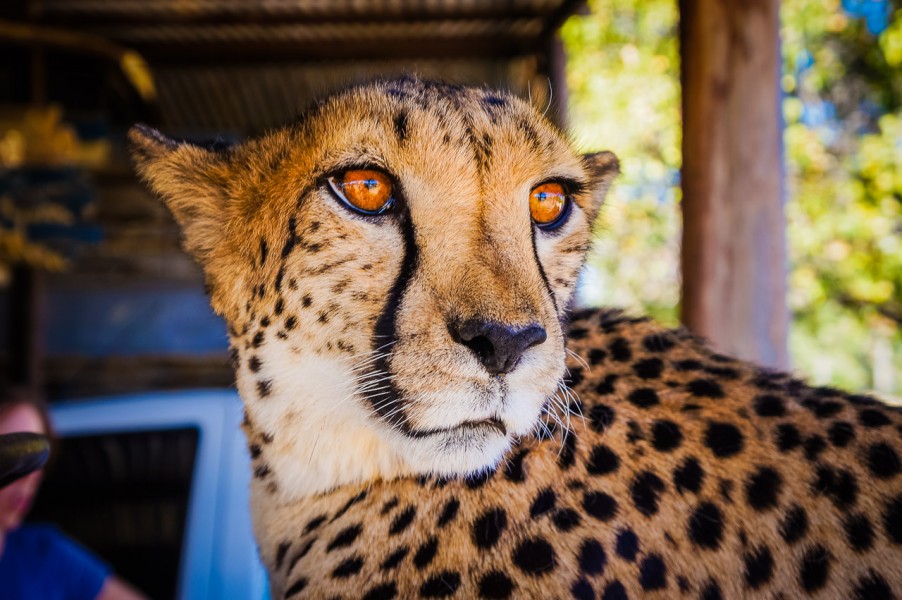
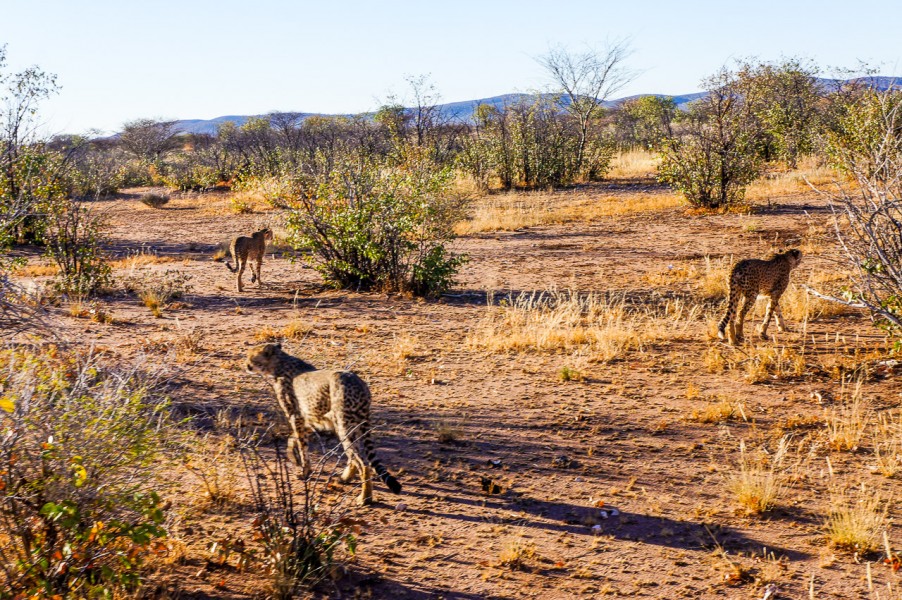

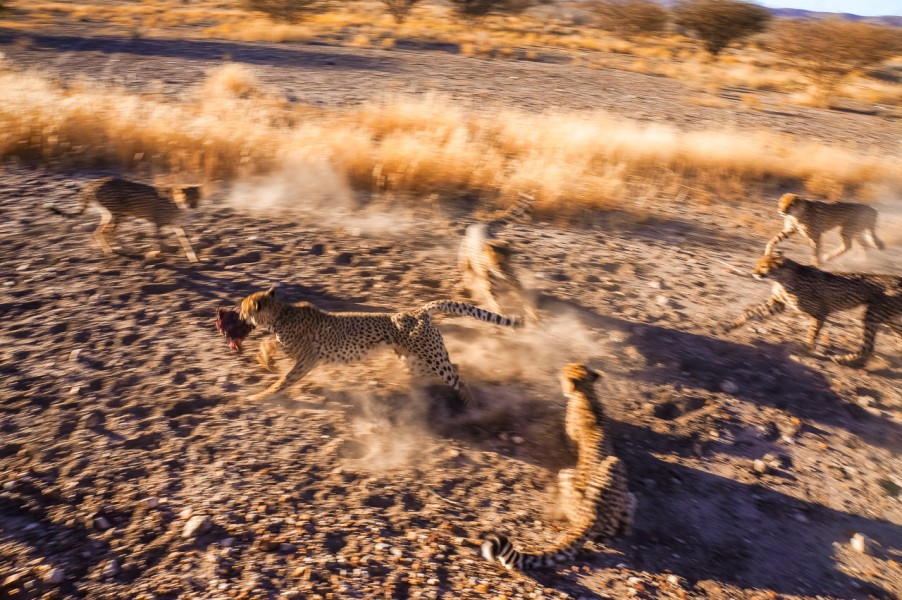
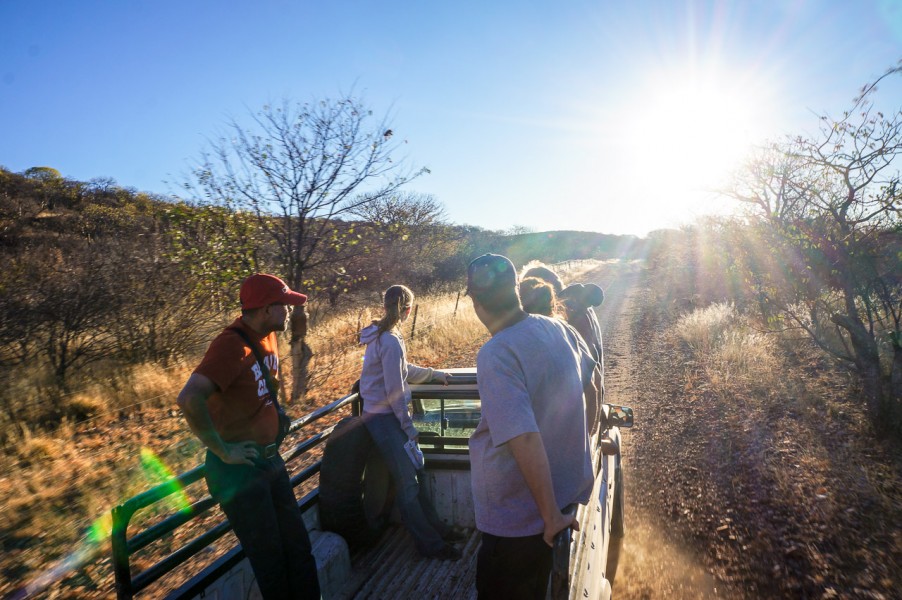
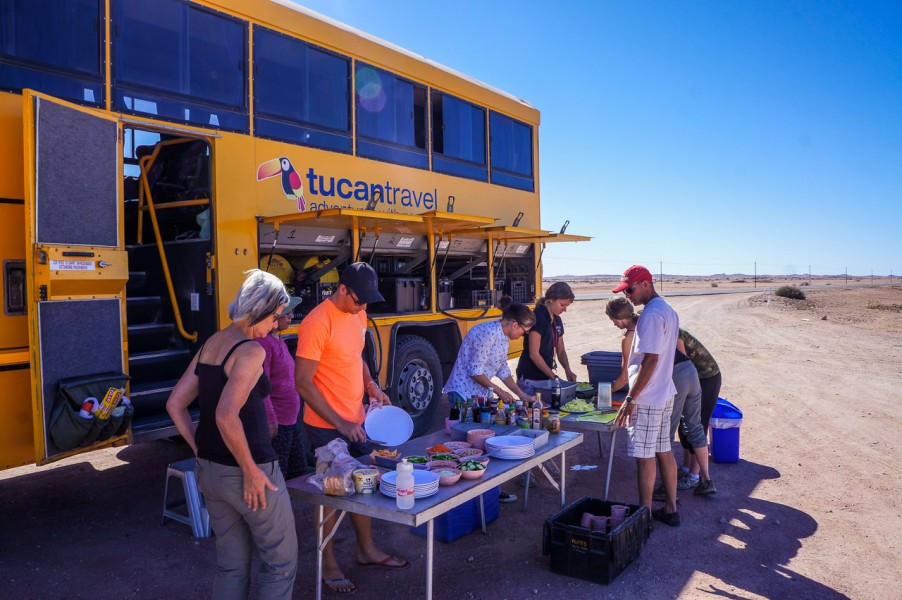
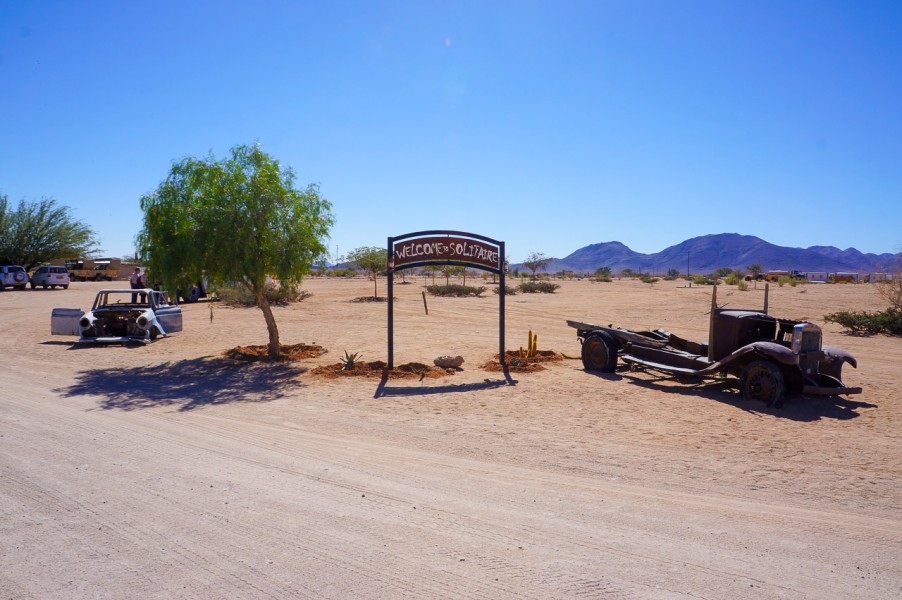
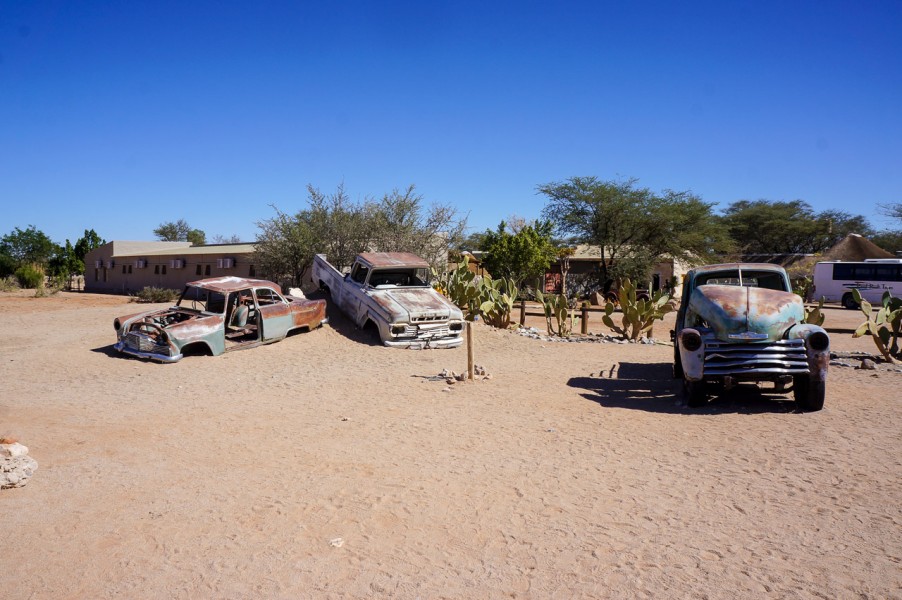
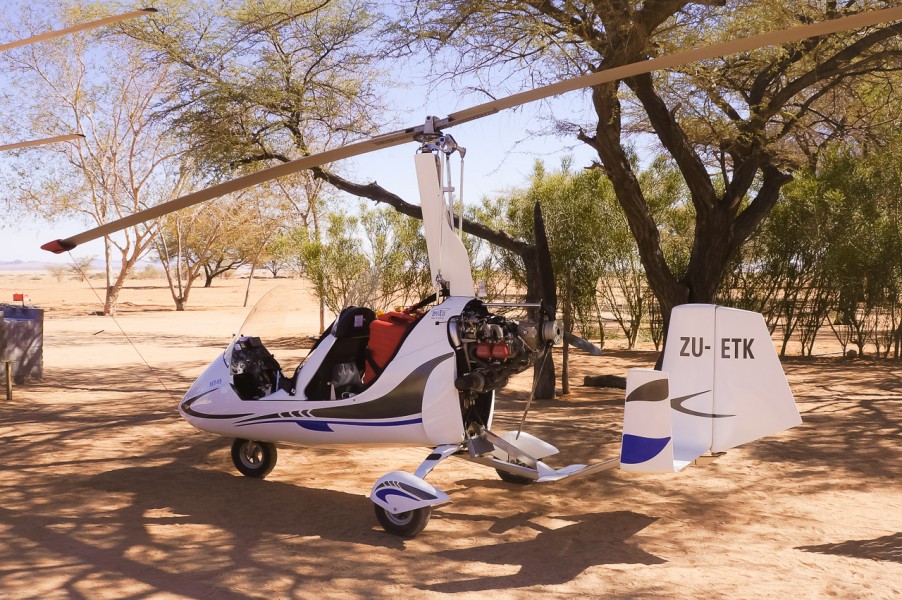
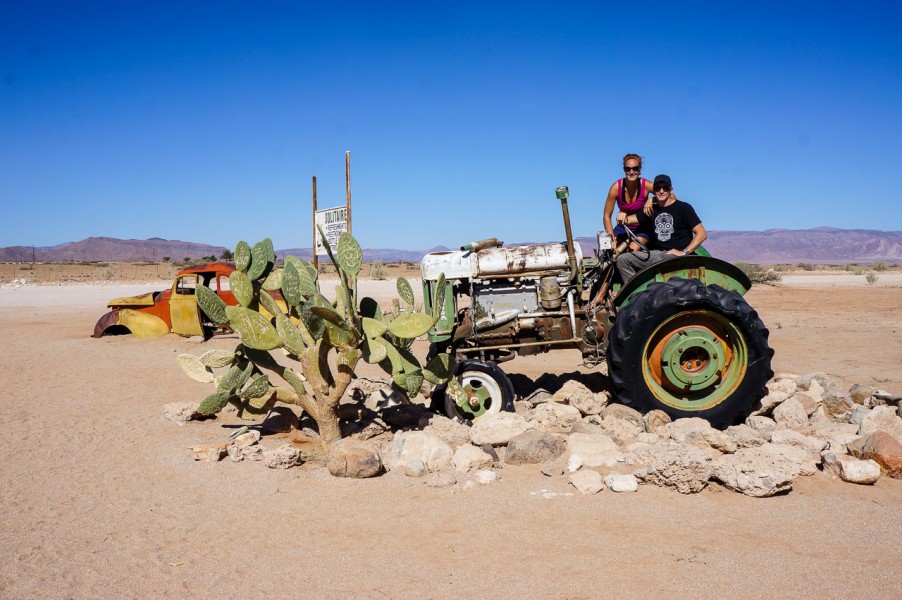
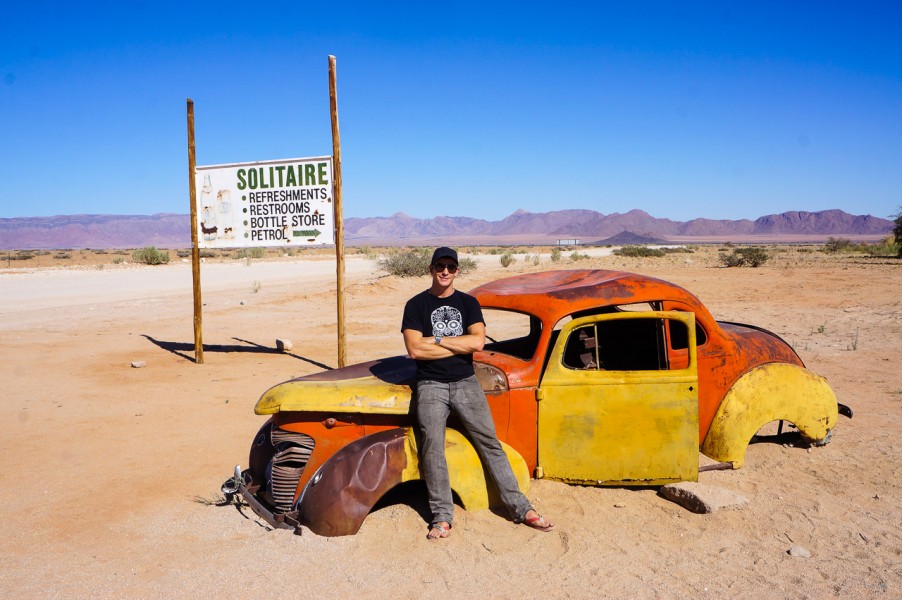
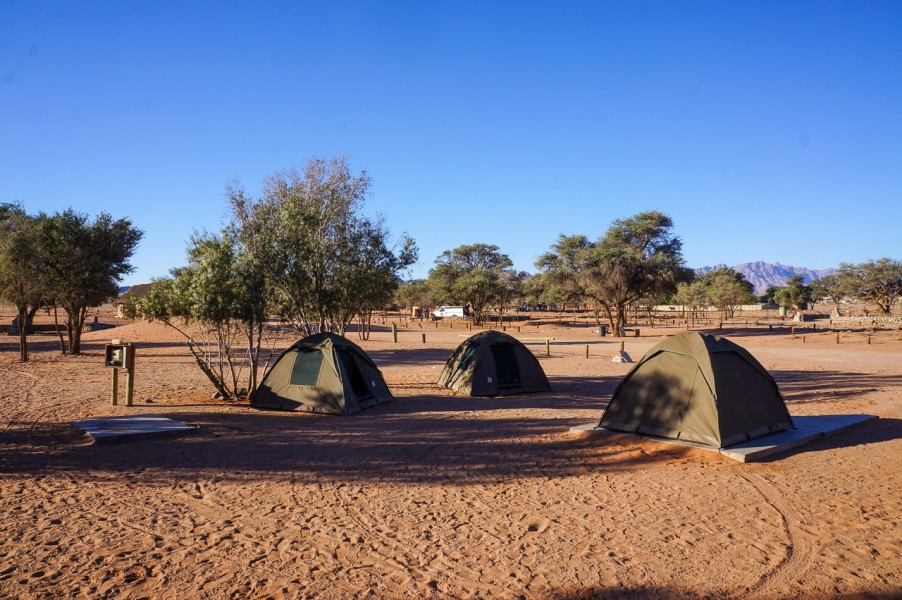


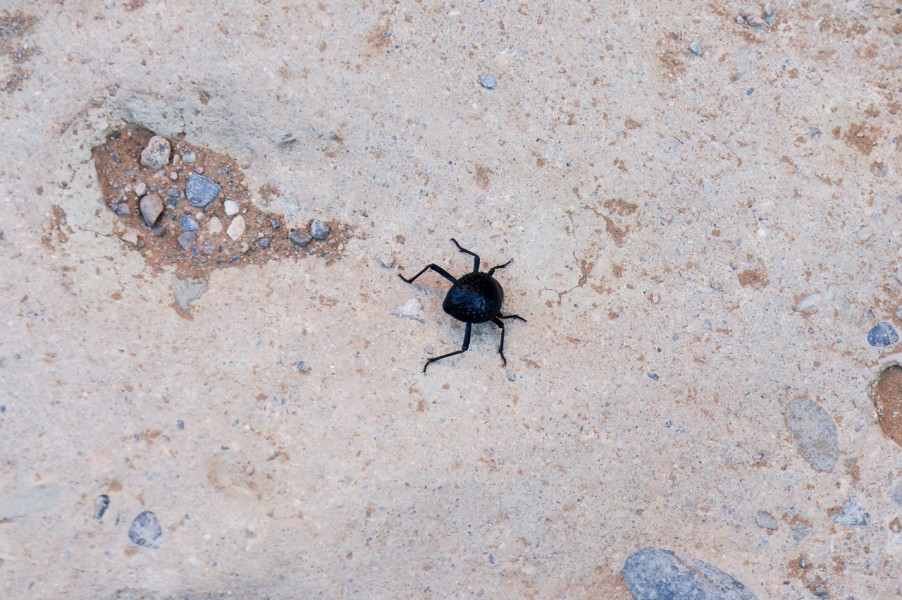
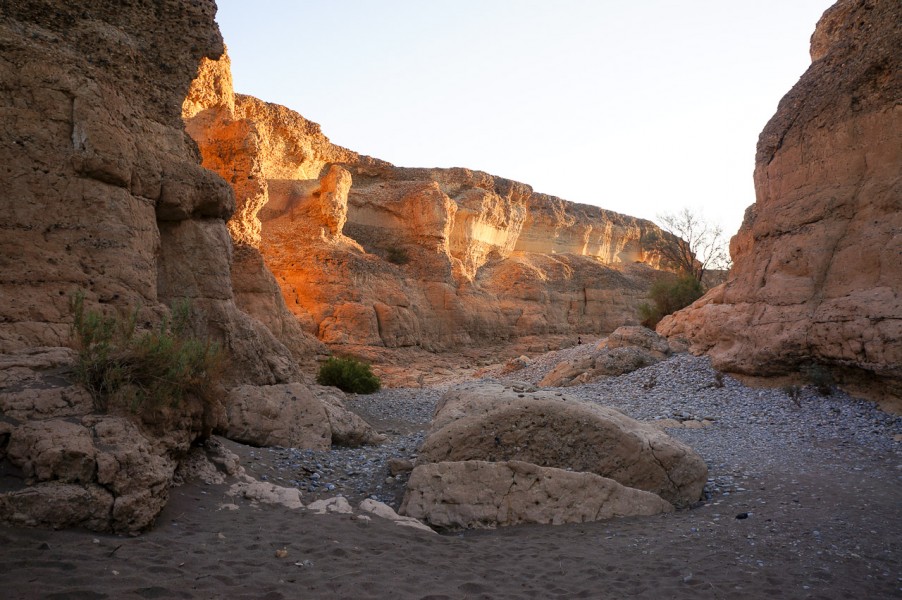
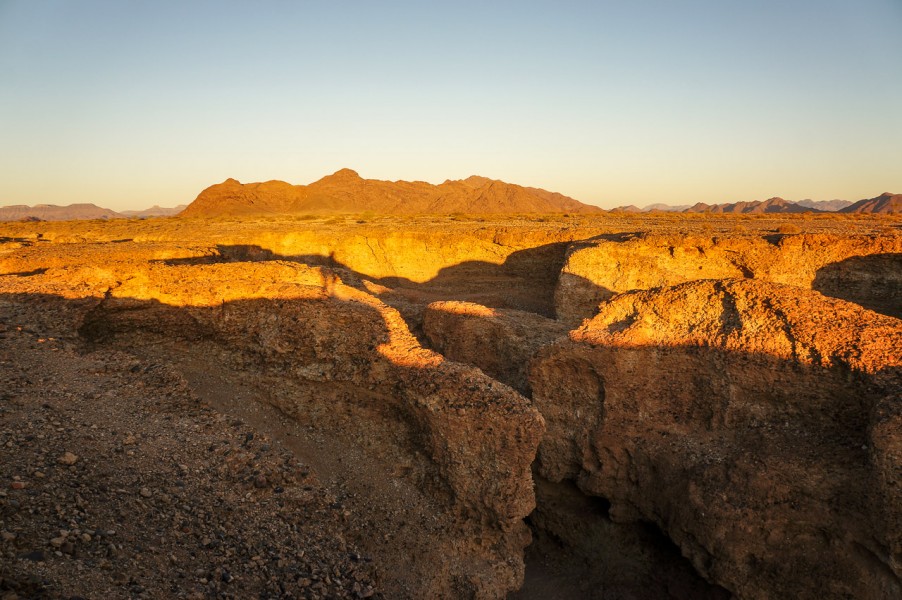

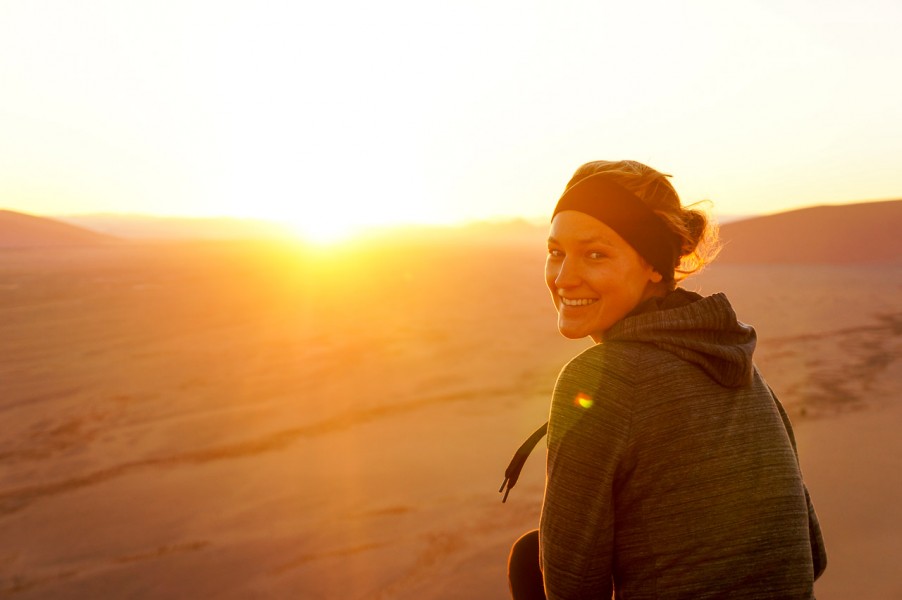
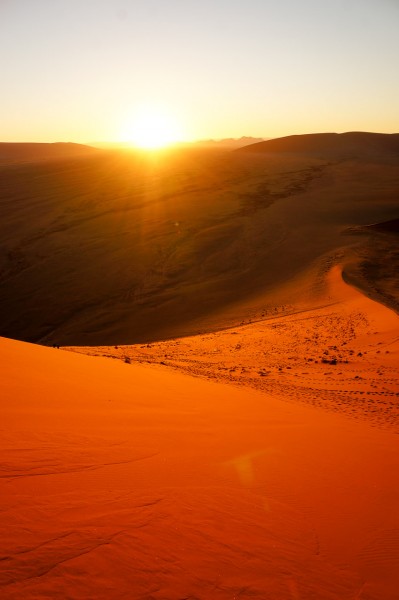
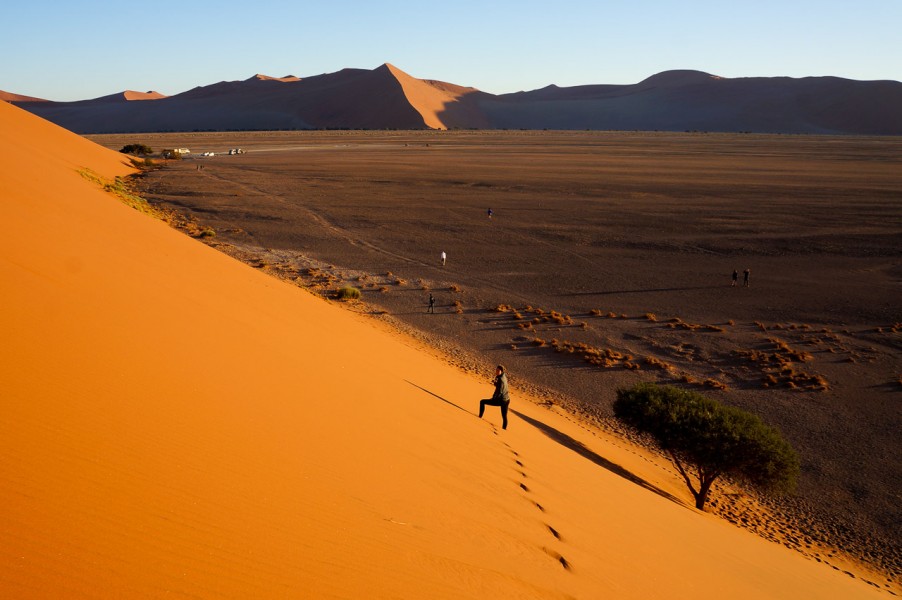
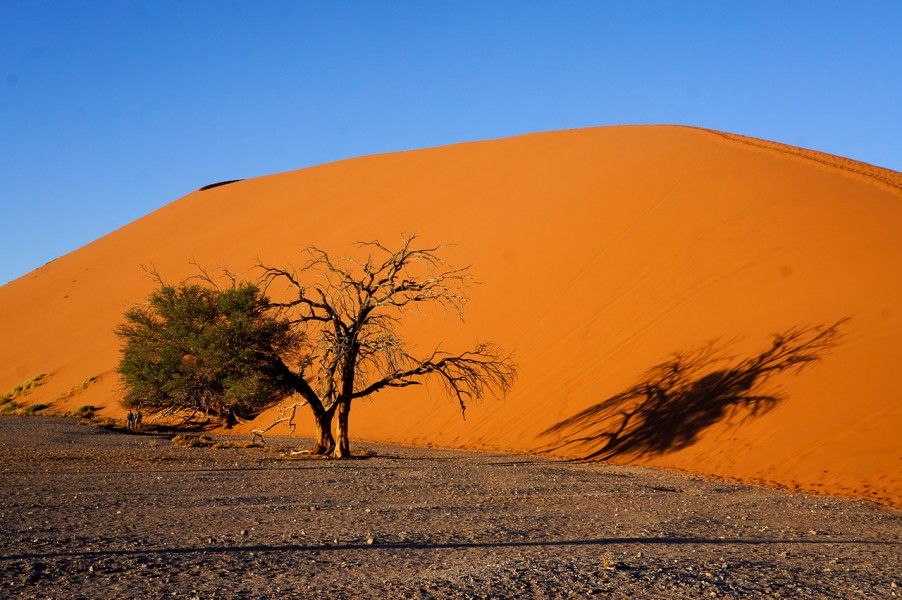
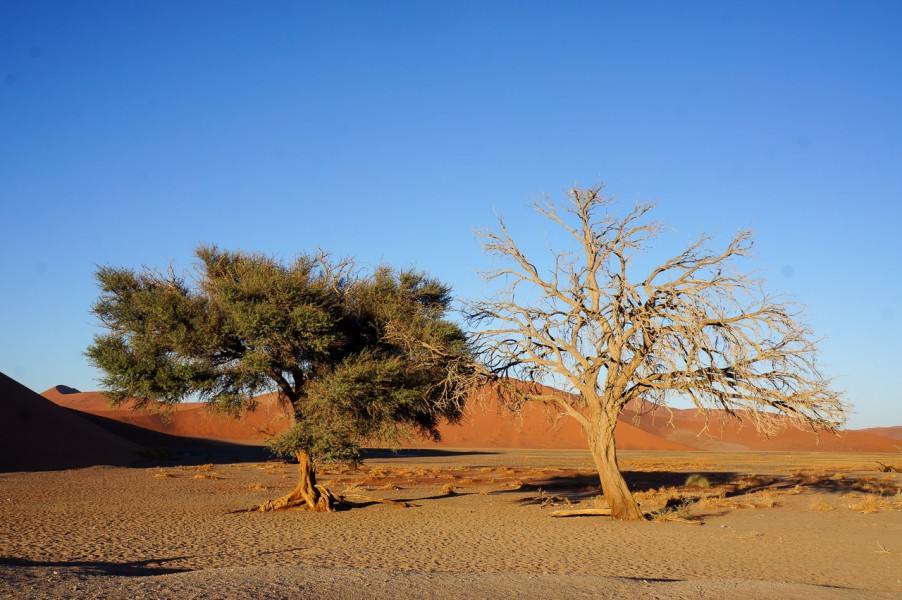
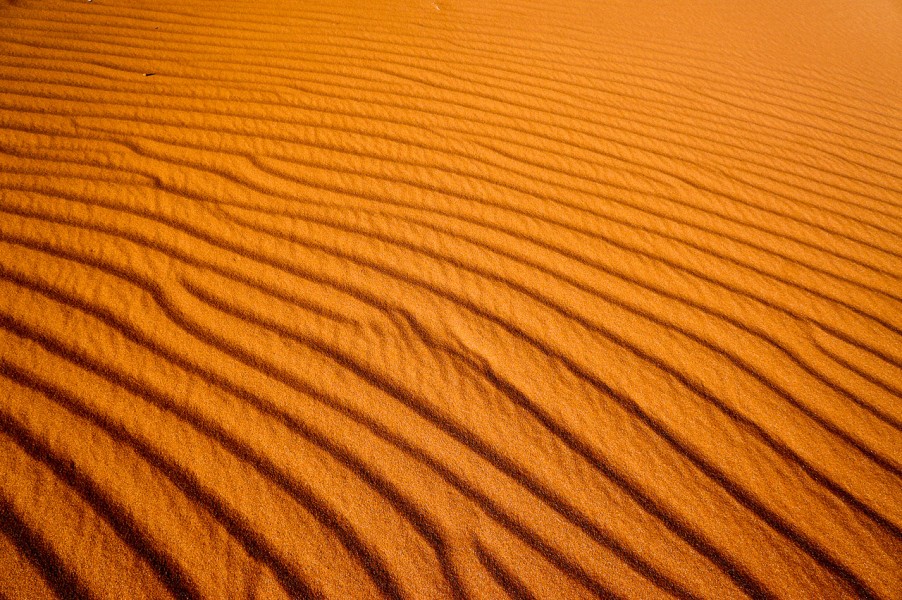

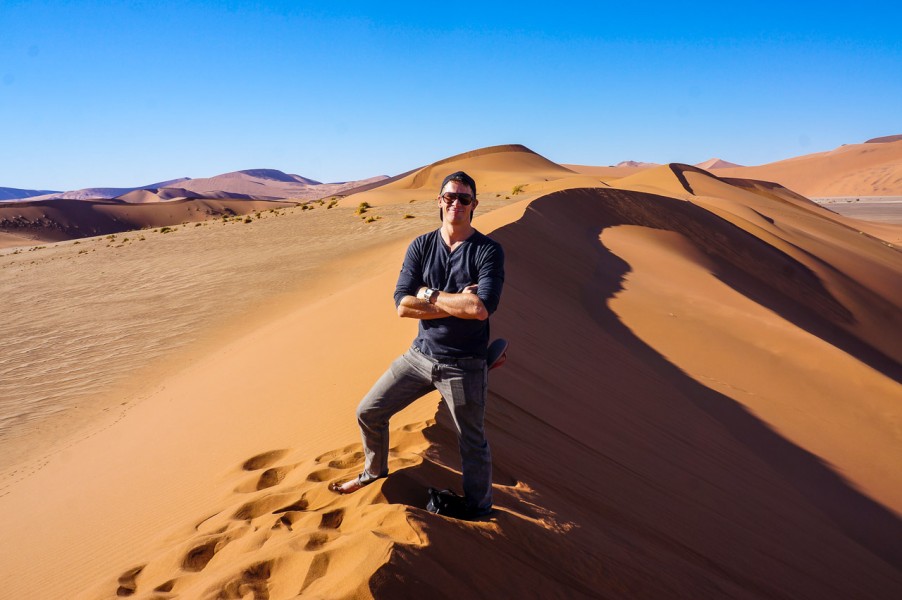
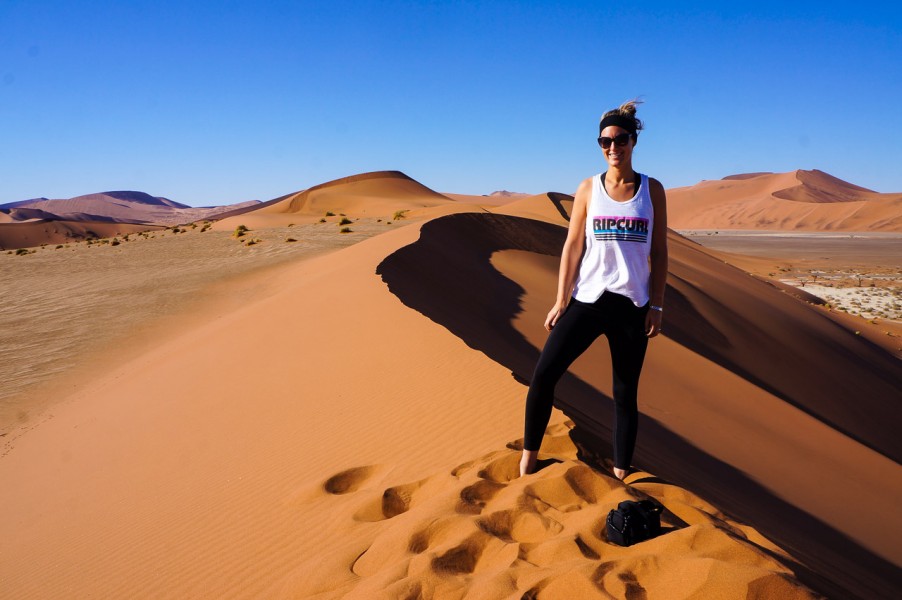

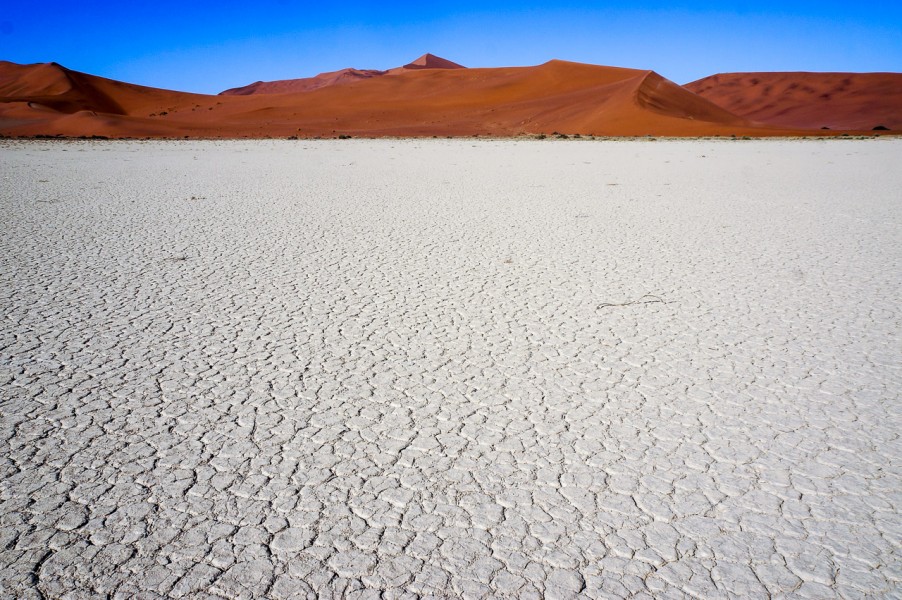
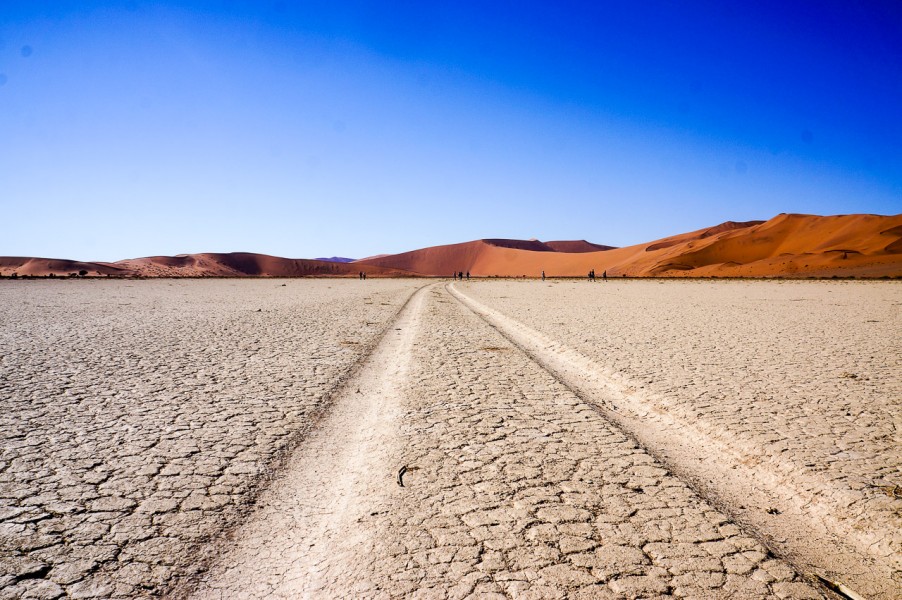
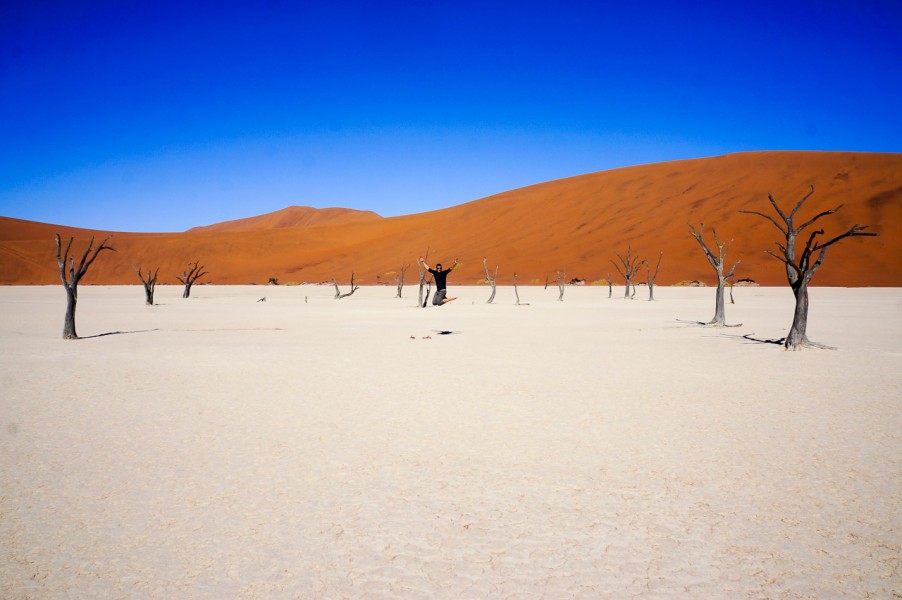
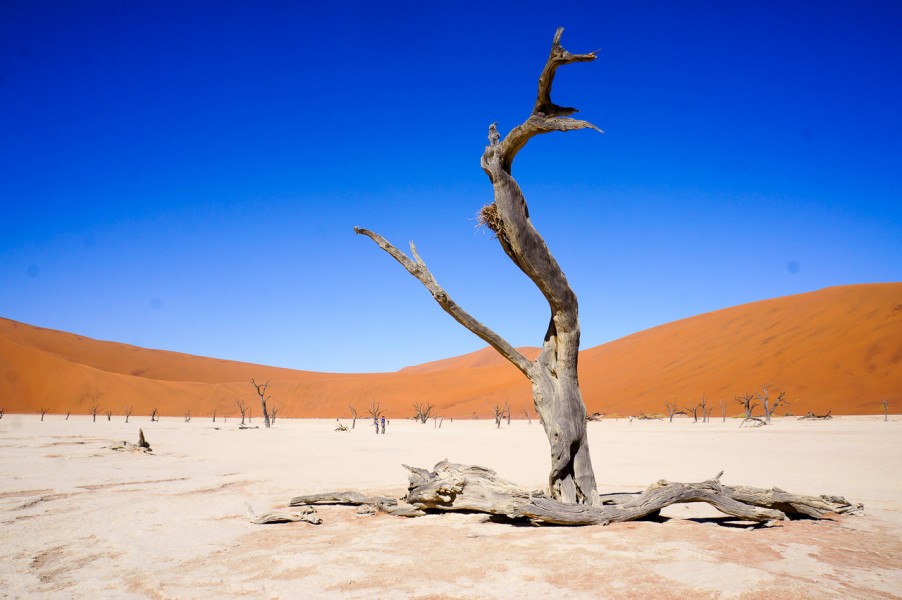
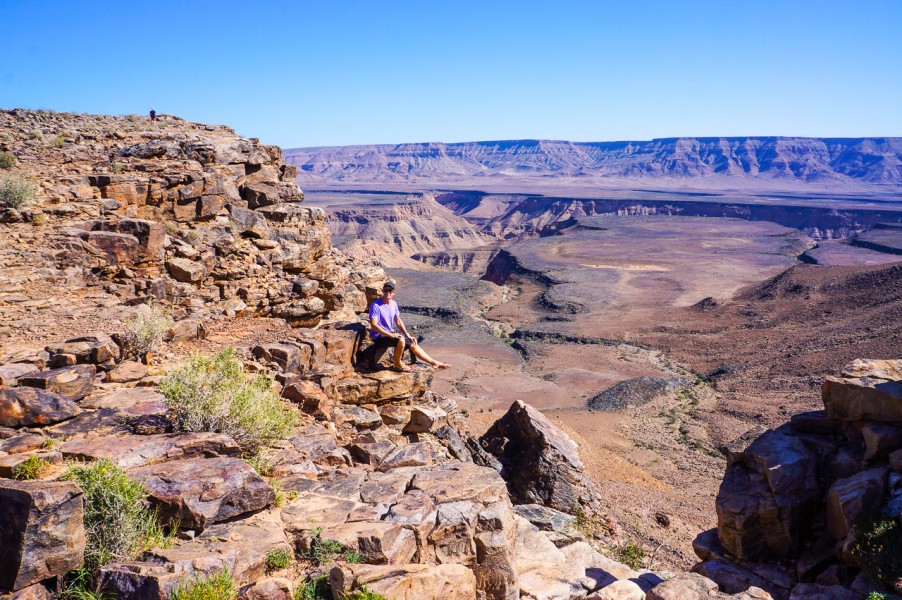

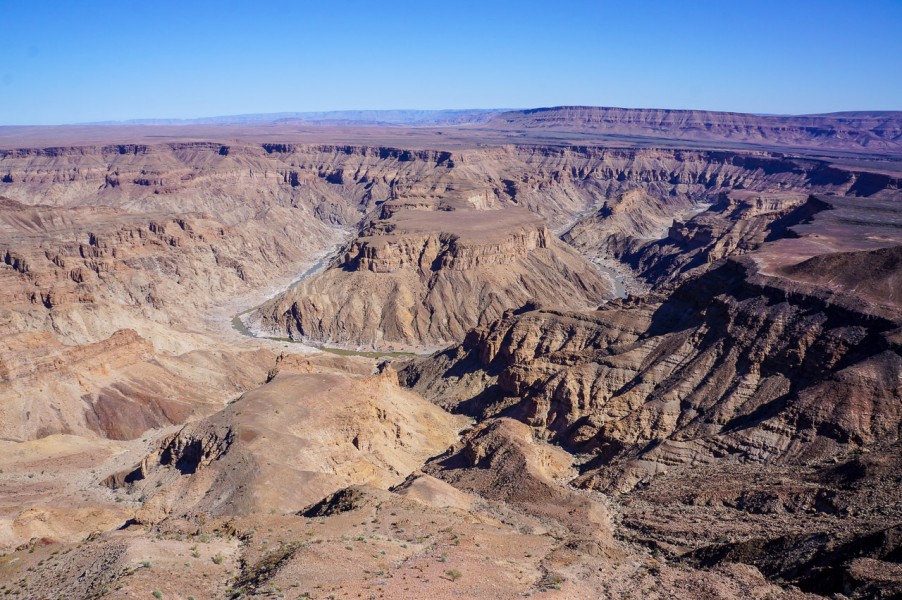
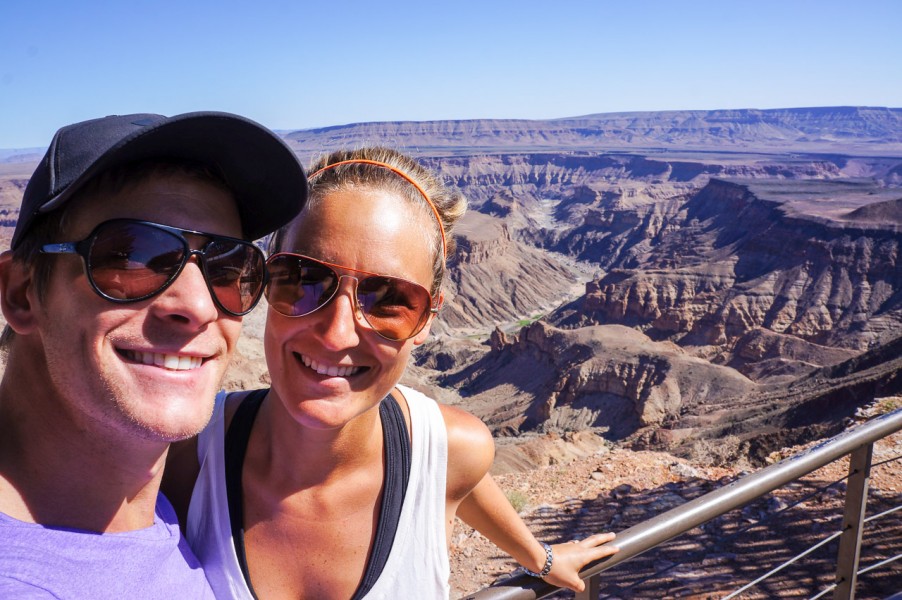
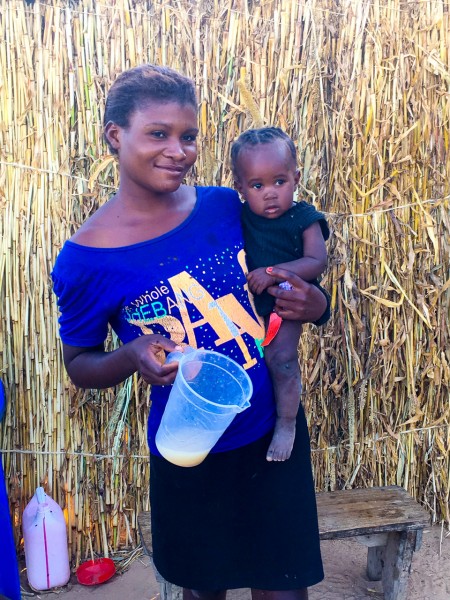
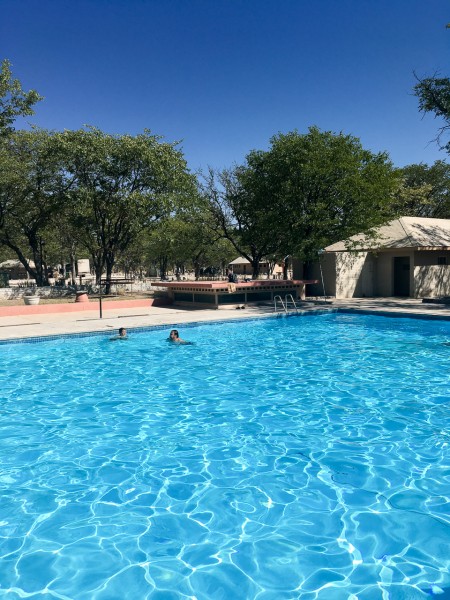
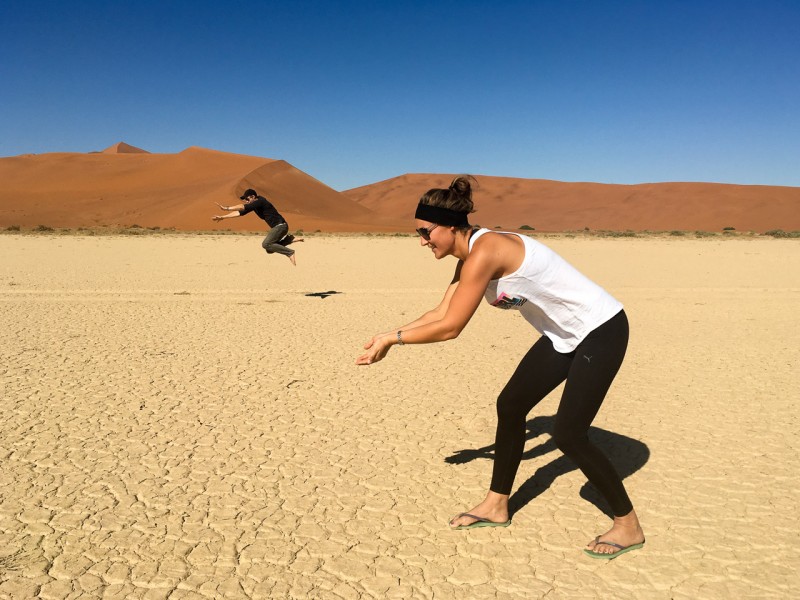
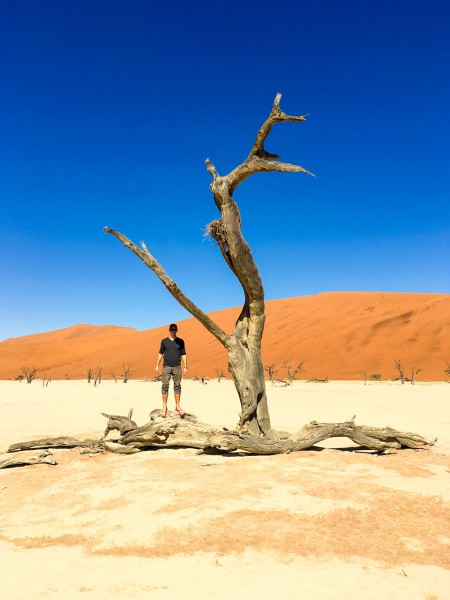
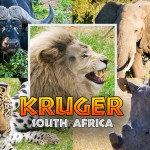
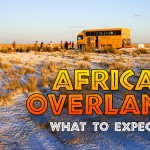


It’s appropriate time to make some plans for the long run and it is time to be happy. I have learn this post and if I may I wish to recommend you few attention-grabbing issues or tips. Perhaps you could write subsequent articles regarding this article. I want to read even more issues approximately it!
After looking over a number of the blog articles on your website, I truly like your way of blogging. I added it to my bookmark site list and will be checking back soon. Please check out my web site as well and let me know how you feel. 琳达技术员
I went over this web site and I believe you have a lot of good info , saved to my bookmarks (:.
Great article! This is the type of information that are meant to be shared around the internet. Disgrace on the seek engines for now not positioning this submit upper! Come on over and talk over with my web site . Thank you =) sphynx kittens for sale
Great post. Заказать SEO продвижение